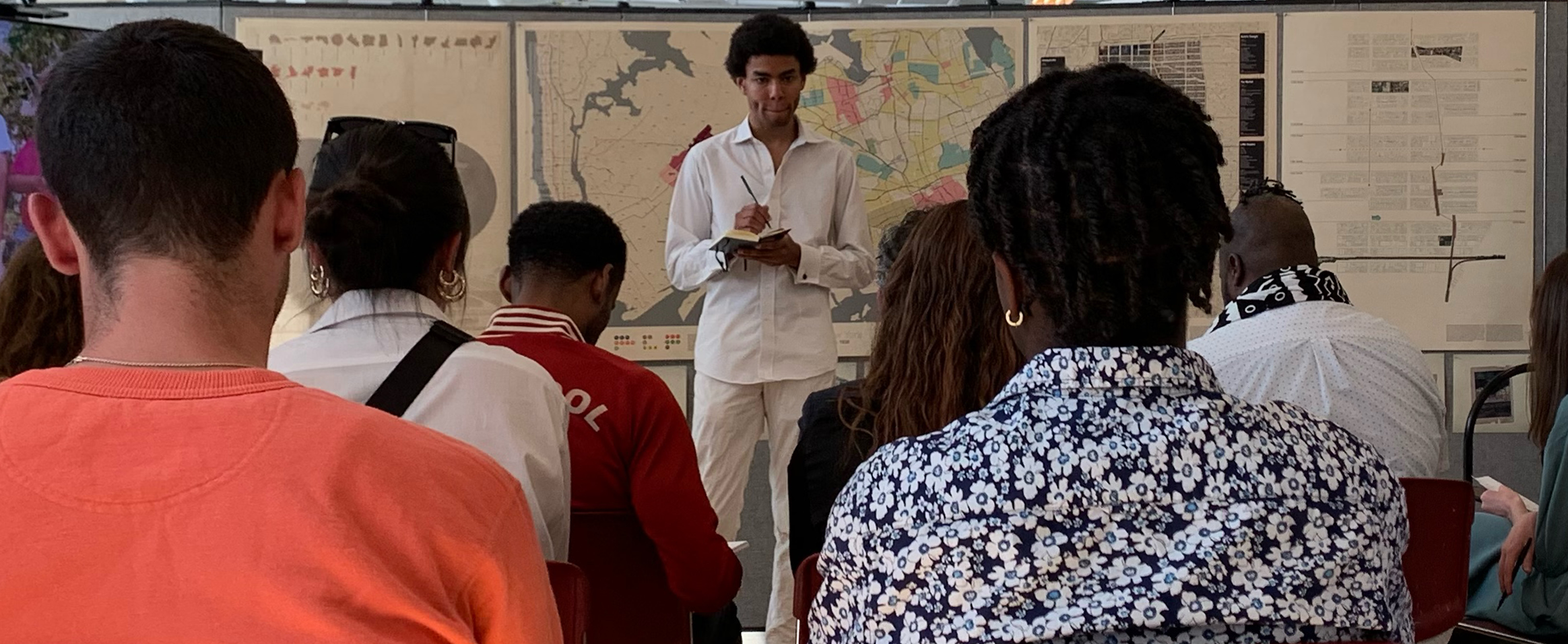
Our assumed history is but a strange wind that
leaves no mark upon an indifferent sea.
“Our assumed history is but a strange wind that leaves no mark upon an indifferent sea…” however, “It is not taboo to fetch what is at risk of being left behind.”
My name is Jonathan Plass and this thesis was produced playfully with love for my father Edmond Plass, the residents of Little Guyana, and all those past, present, and future who represent a part of the Guyanese condition. The story of this thesis began with my heritage. I am Guyanese-American and an architect. Throughout my life I have been left with nothing more than the ability to check “two or more” on forms and inform people that Guyana is in fact not Ghana and rather an English speaking country at the top of South America culturally tied to the Caribbean. Cooke writes in Hip-Hop architecture “Many have managed to exist simultaneously as successful architects and Black. Few have managed to express their Blackness through their architecture.” Next to this line from Cooke’s Hip-Hop Architecture is a note in all caps that says “goals!” with an explanation point. This thesis is in pursuit of expressing my Guyanese-ness through architecture and stands in direct opposition to the traditional western cannon, to the absence of black design in capital ‘A’ architecture, and a society that for years delegitimized and did not give a damn about my father’s mother country only now seeking to extract profits of the newly discovered oil off of Guyana’s coast.
Following in Du Bois’s footsteps I began by retracing the history of the Guyanese-American, seeking to emulate Du Bois’s Exhibit of the American Negro of 1900 in Paris.
“The recorded history of the West Indies begins with a definite event, the arrival of Columbus. To say that Columbus discovered America is a misuse of words. Columbus revealed to Europeans the existence of continents and islands which were inhabited already, and had been so for many centuries. Columbus did not discover a new world; he established contact between two worlds, both already old. More important, he did so at a time when the peoples of Western Europe had recently developed ships and navigating instruments good enough to maintain that contact in regular voyages, so that people, plants, and animals began to flow in a steady stream from the world of Europe to the world of America.”
Guyana is composed of Amerindians, the native people, West-African, Chinese, Indian, and European peoples. West Africans were moved by Europeans as slaves and then the Chinese and Indians were moved as indentured servants to Guyana. Since Columbus’s establishment of contact with America, approximately 35 countries peoples are present resulting in one of the most vibrant and diverse cultures in the world drawing from the culinary, religious, and social traditions of these peoples.
Following independence in 1966 the Guyana was under political unrest and many including my father in the decades to follow left Guyana in search of opportunity. While many left Guyana, this does not mean they were completely severed from their homeland. In fact many including my father constantly send back money, goods, and stories to those who they left behind physically. Because of this steady flow of Guyanese out of the country, today, roughly 50% of Guyanese people live outside of Guyana. Primarily in the U.S. Canada and the United Kingdom. With regards to the U.S. the majority, 140,000 live in New York City with 73,000 of those residing in Queens mostly living in “Little Guyana” or Richmond Hill. Historically, this neighborhood was the anti-thesis of a Caribbean community composed of mostly German and other European immigrants. Founded on farmland purchased from the original indigenous inhabitants in pursuits of profiting of the expansion of a train line Richmond Hill was founded.
“A real and lasting foundation had been laid on which to build up a town of fine houses and public buildings, wide streets with beautiful trees giving them shade and coolness, and last but not least, a community of real homes where the tired city worker can find the rest he needs, and where his wife and children can live in peace and quiet, enjoying the fresh air and pleasant surroundings.” – Richmond Hill Record, 1913
In it’s origin Richmond Hill was residential, which can still be seen today, only being pierced by two main arteries of commerce, Liberty Avenue or Little Guyana Avenue and 101st Avenue or Punjab Avenue. Richmond hill remained mostly European until the 70s when Europeans began to trickle out and Caribbean immigrants began to flood in bringing with them a completely different set of spatial practices that would change the shape and character of the neighborhood. In these spatial practices is where my thesis began to emerge.
As a child I remember coming to Little Guyana with my father to get all the Guyanese foods that we couldn’t find anywhere else, Pepper Pot, Salara, Tennis Rolls, etc. I began by listening, I went to every business I could asking owners about their needs, wants, and desires for their neighborhood. The most frequent answers I got were that the city fines them for bleeding out into the street and that surprisingly in fact nothing was wrong. This struck me as surprising because typically I begin my design by finding a problem to solve, but no problem was beginning to emerge and this is when it clicked in my mind that the solution was not to radically change what was happening here, but rather to radically further the existing spatial practices of these businesses that are so near and dear to my heart. Through my many trips to Little Guyana past and present, two things stood out; the daily packing and unpacking of the sites of commerce. Grocers, restaurants, and clothing stores each day unpack their goods onto the street and pack them up at night creating one of the most colorful street conditions I have seen in New York through the use of the awnings and public infrastructure to expand their space. When it rains, many tie tarps from there awnings to No Parking signs, street lights, and bus stops to expand their canopies and keep their products dry. Many clothing retailers hang garments from there awnings as well as decorations. My designs seek to mirror this dynamic condition and allow for the introduction of new programs.
Today many young Guyanese-Americans are not only leaving Queens for Manhattan, but also leaving behind their culture. Many of the older generation I spoke to worried about this so much so that one of the Guyanese members of the mayor’s team told me that “if they do not carry on these traditions, they will be lost forever.” This was the first problem I found however non architectural it was I set out to design spaces that first, allowed for the continuation of the spatial practices of the residents and secondly created space for both young and old to act as a method of preservation as well and continuation. In fear of my ancestor’s stories being lost forever I created the Little Guyana Archive which seeks to become an active archive for the community both retelling history and allowing for discussions about the past, present, and future of Little Guyana.
PROJECT DETAILS:
ARCH 5902: Design X
Richmond Hill, New York, USA
Tau DuFour
Emma Silverblatt
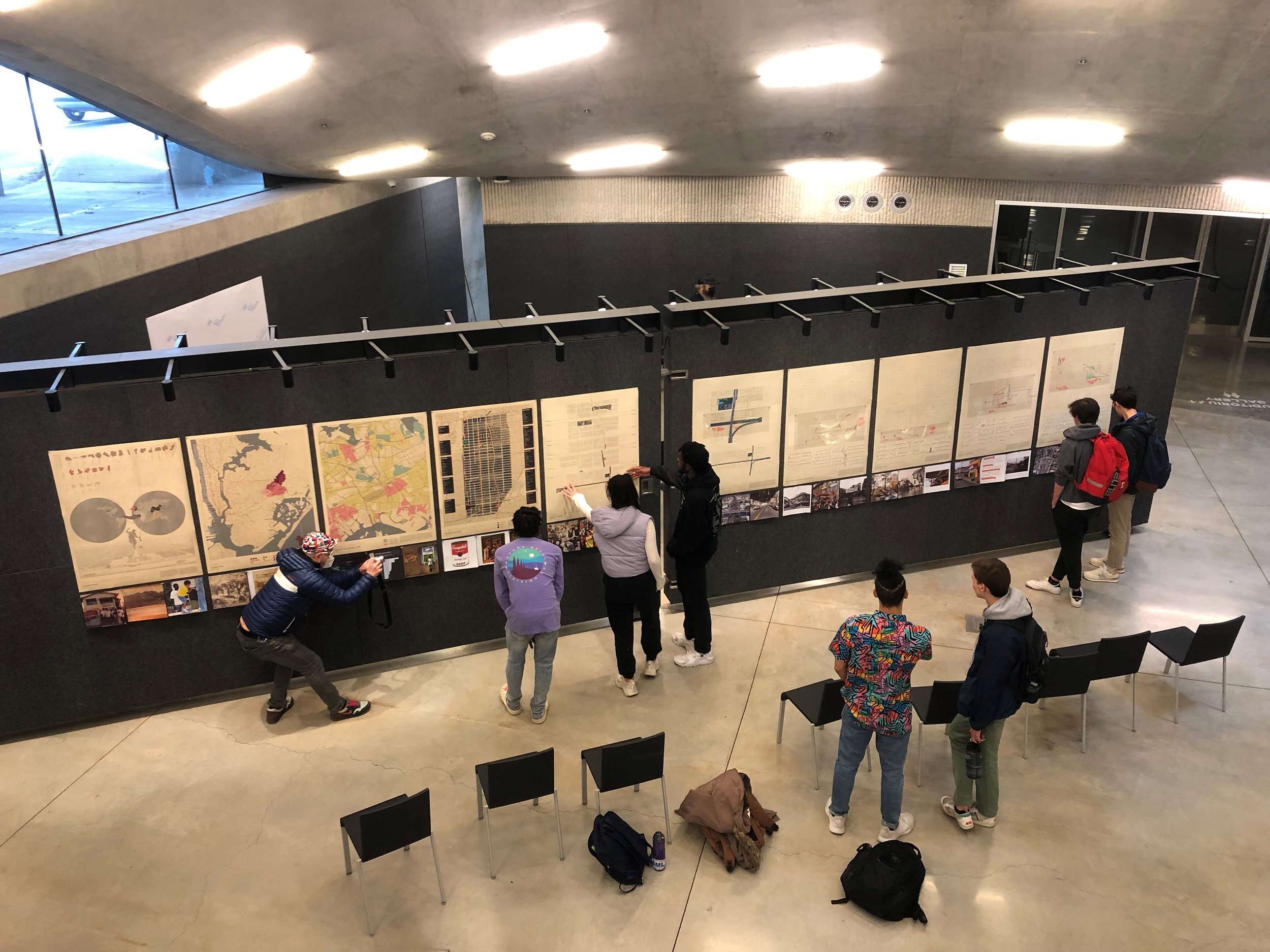
B. Arch Thesis Interim Review Exhibition
Milstein Hall, Ithaca, NY
3/23/2022
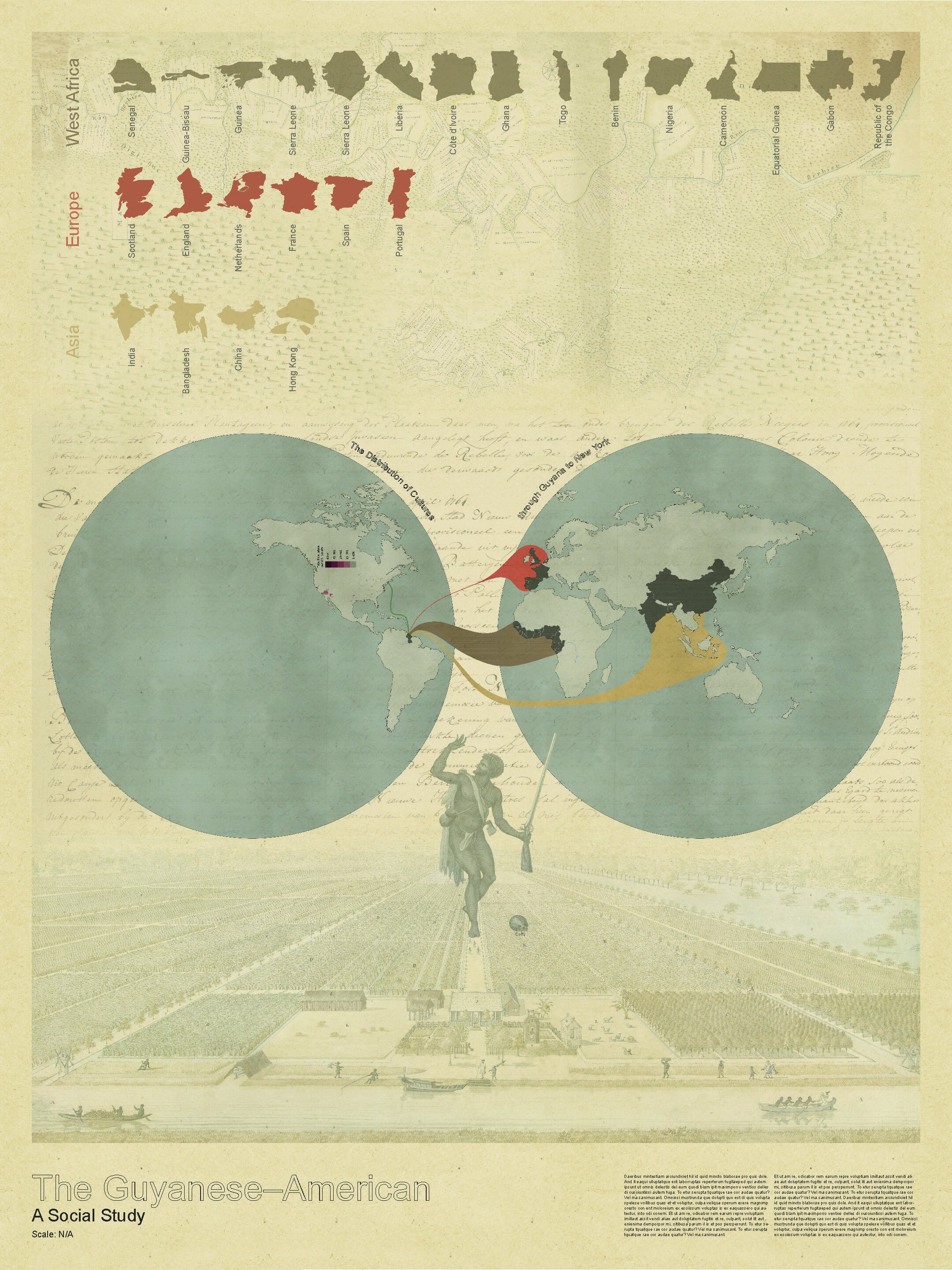
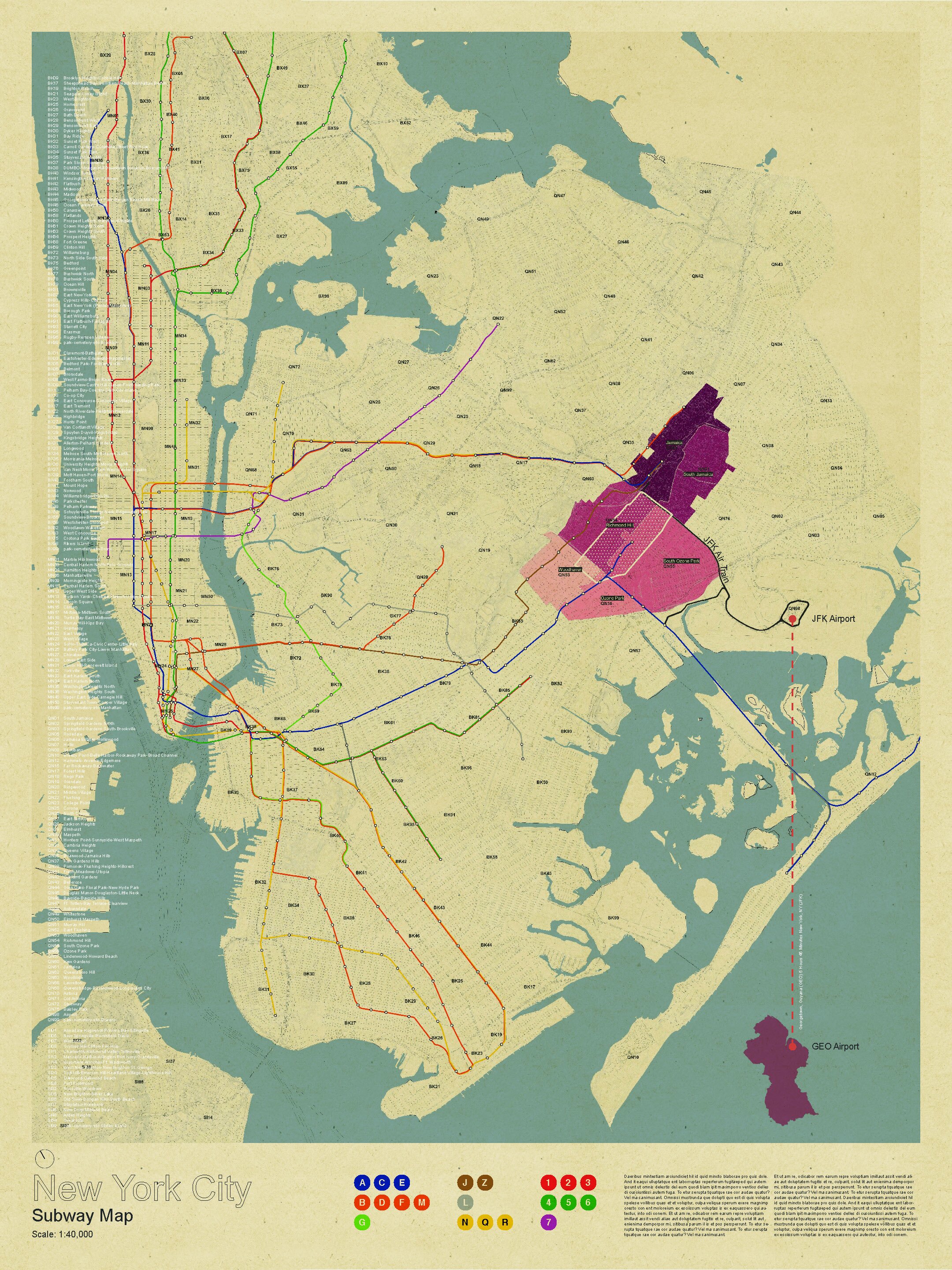
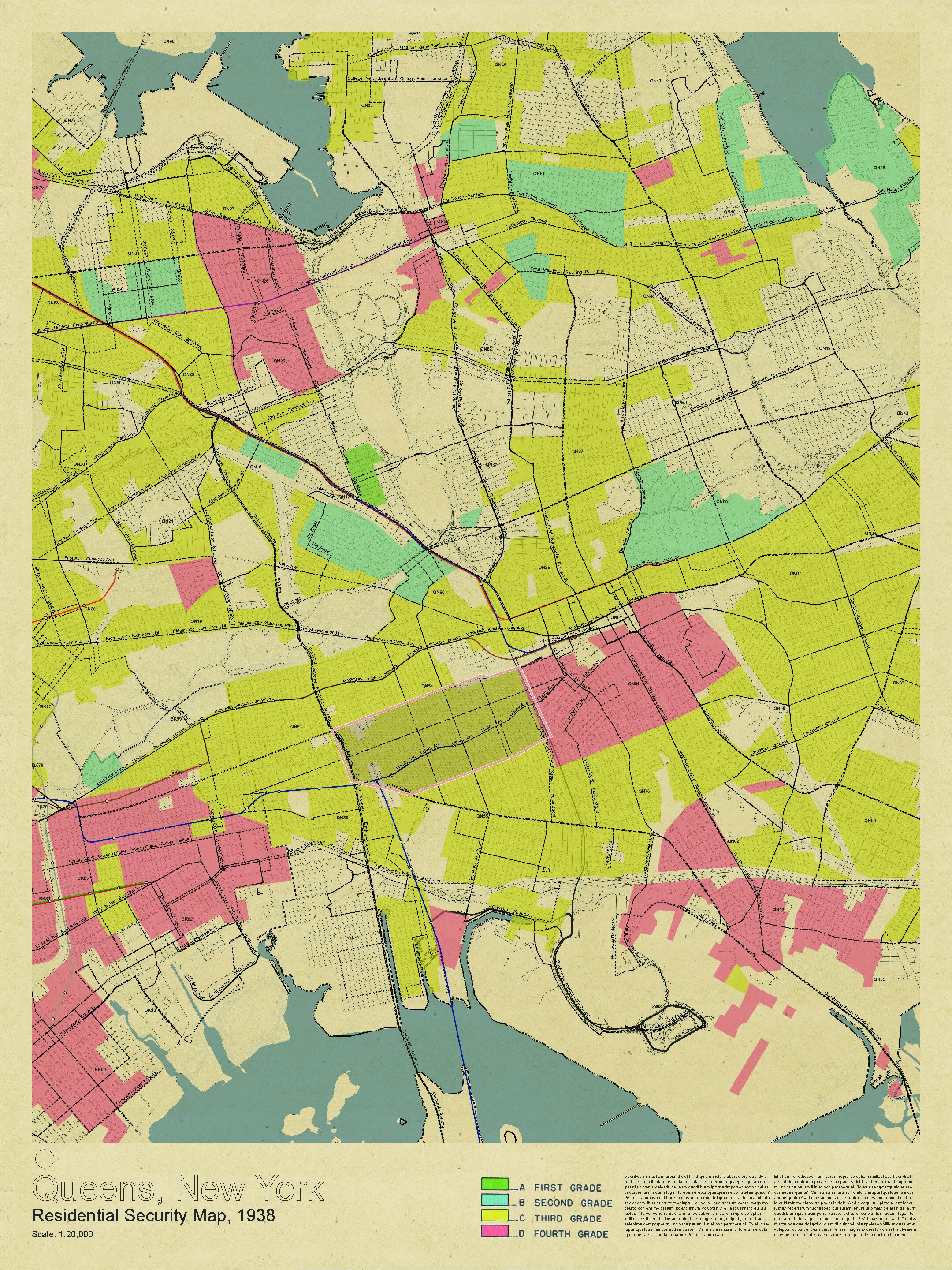
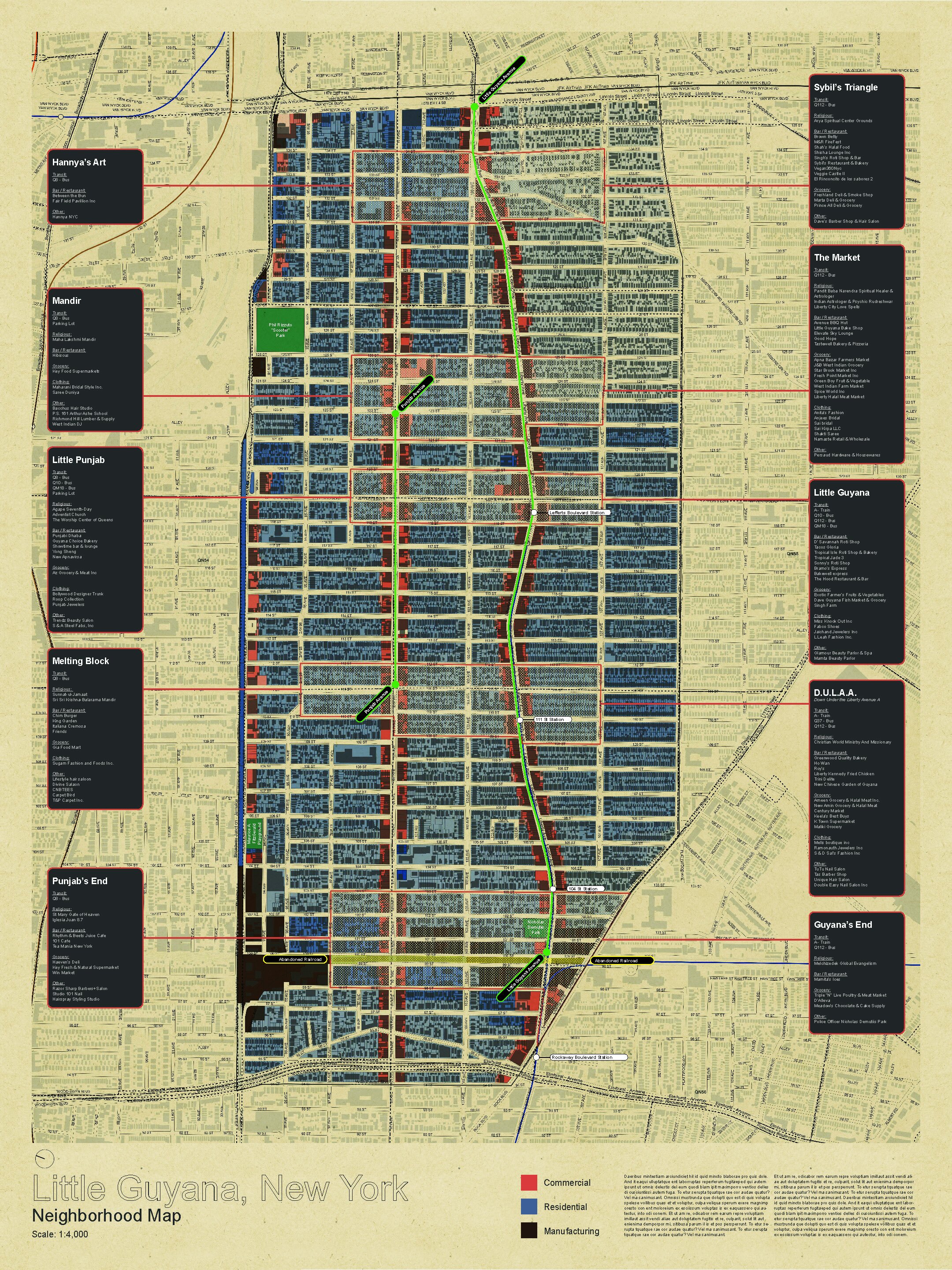


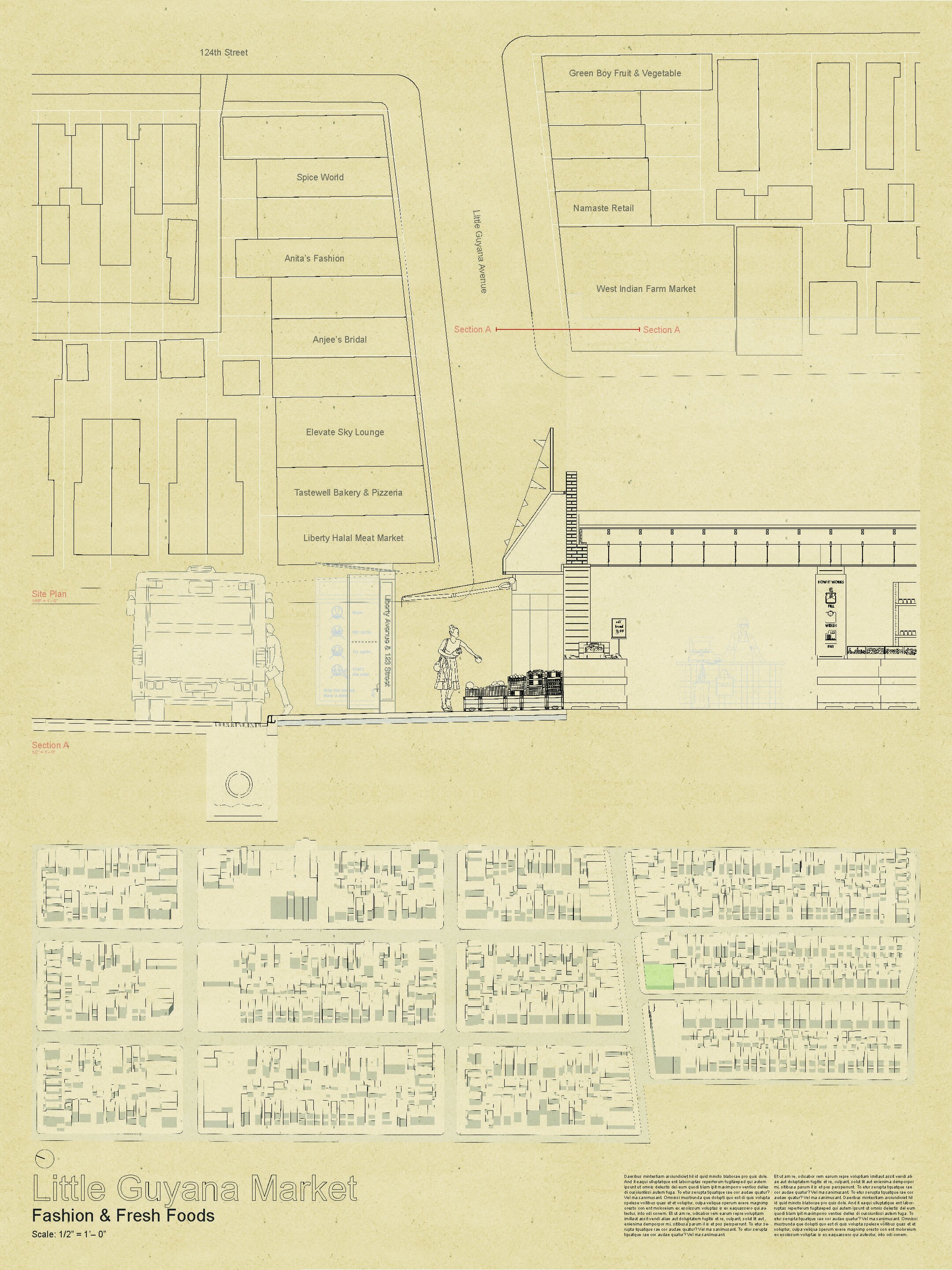
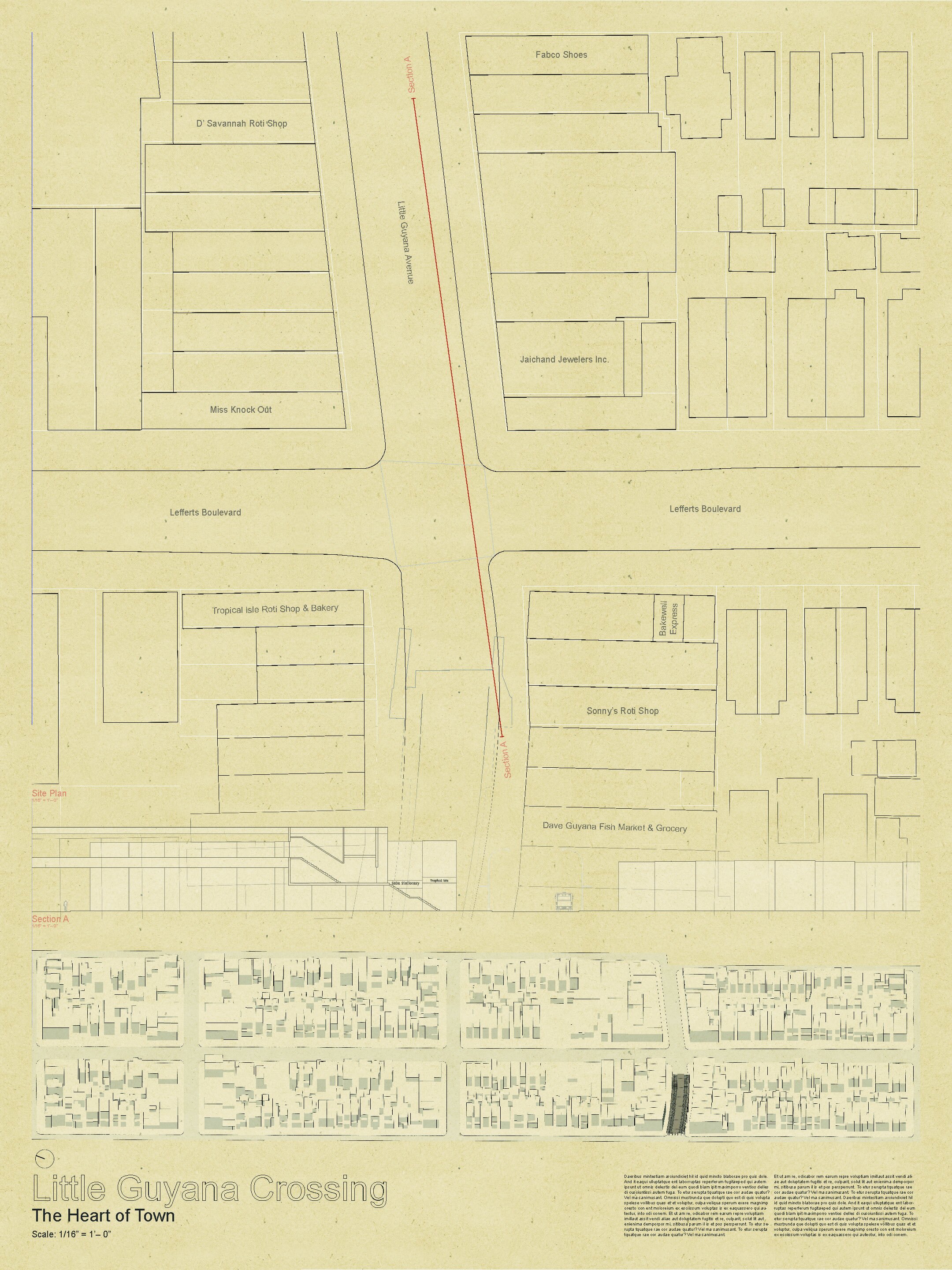
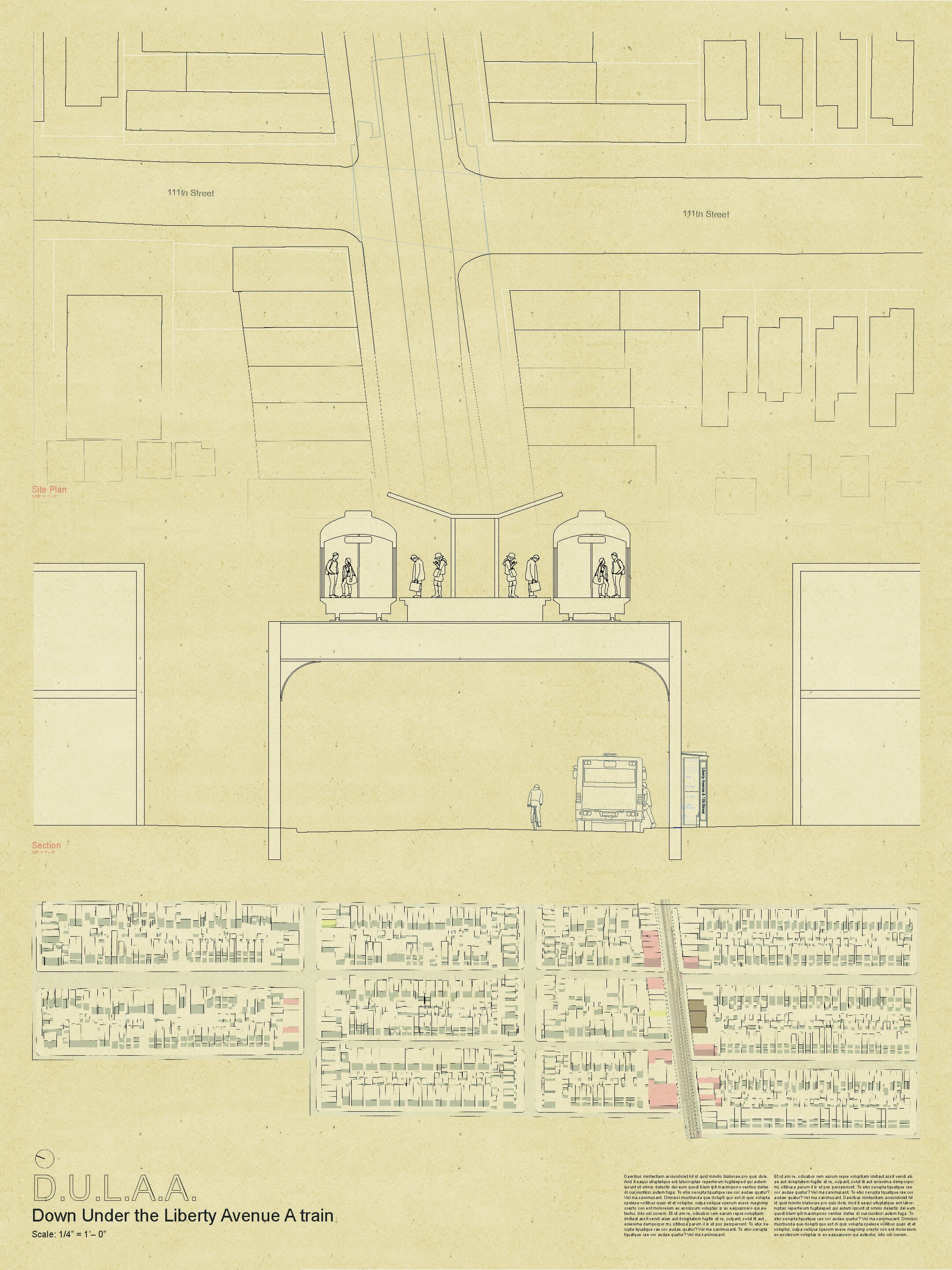
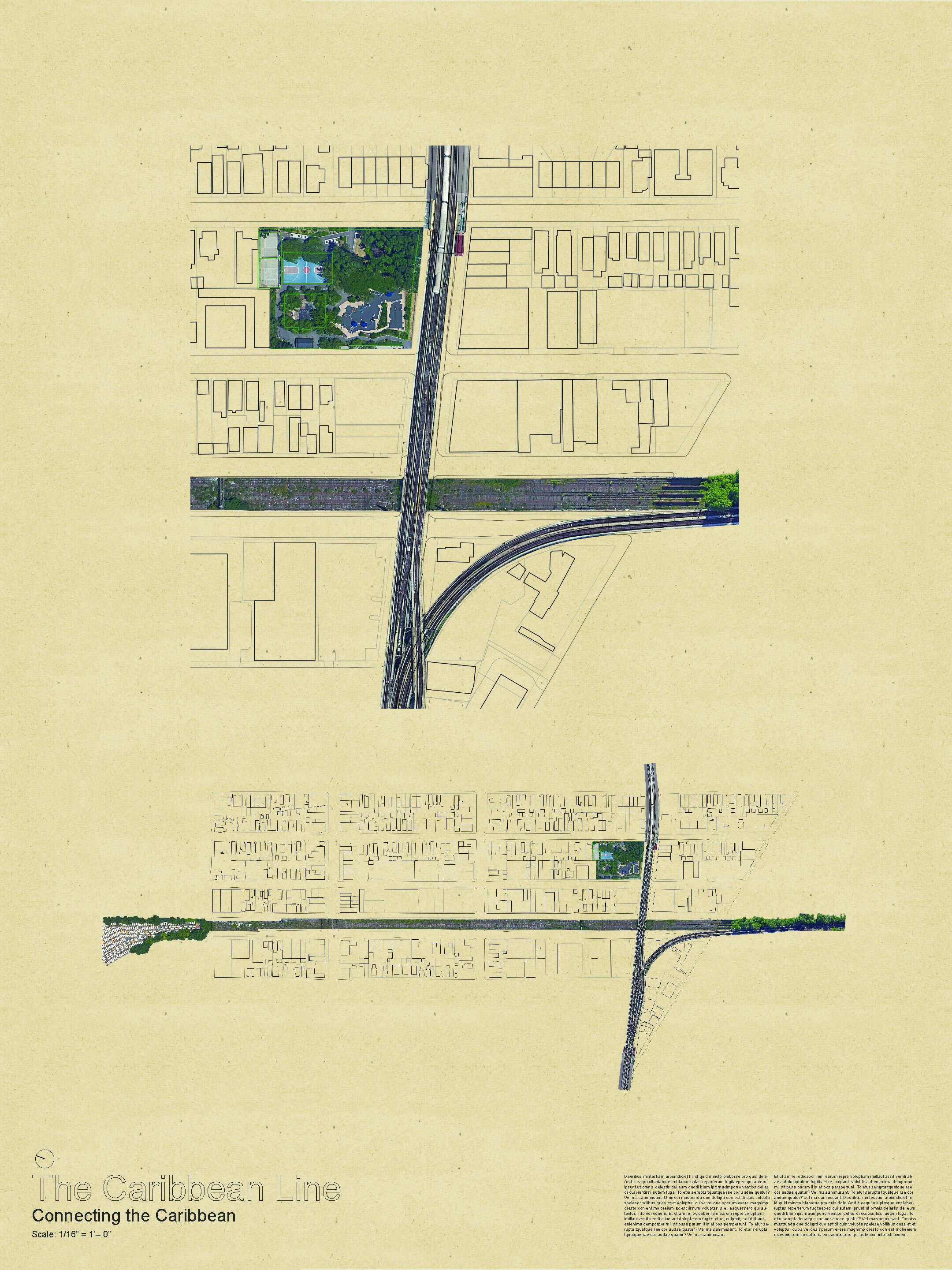
Please feel free to click an image and peruse the work at your own pace in a lightbox.

B. Arch Thesis Final Review Exhibition
Milstein Hall, Ithaca, NY
5/12/2022
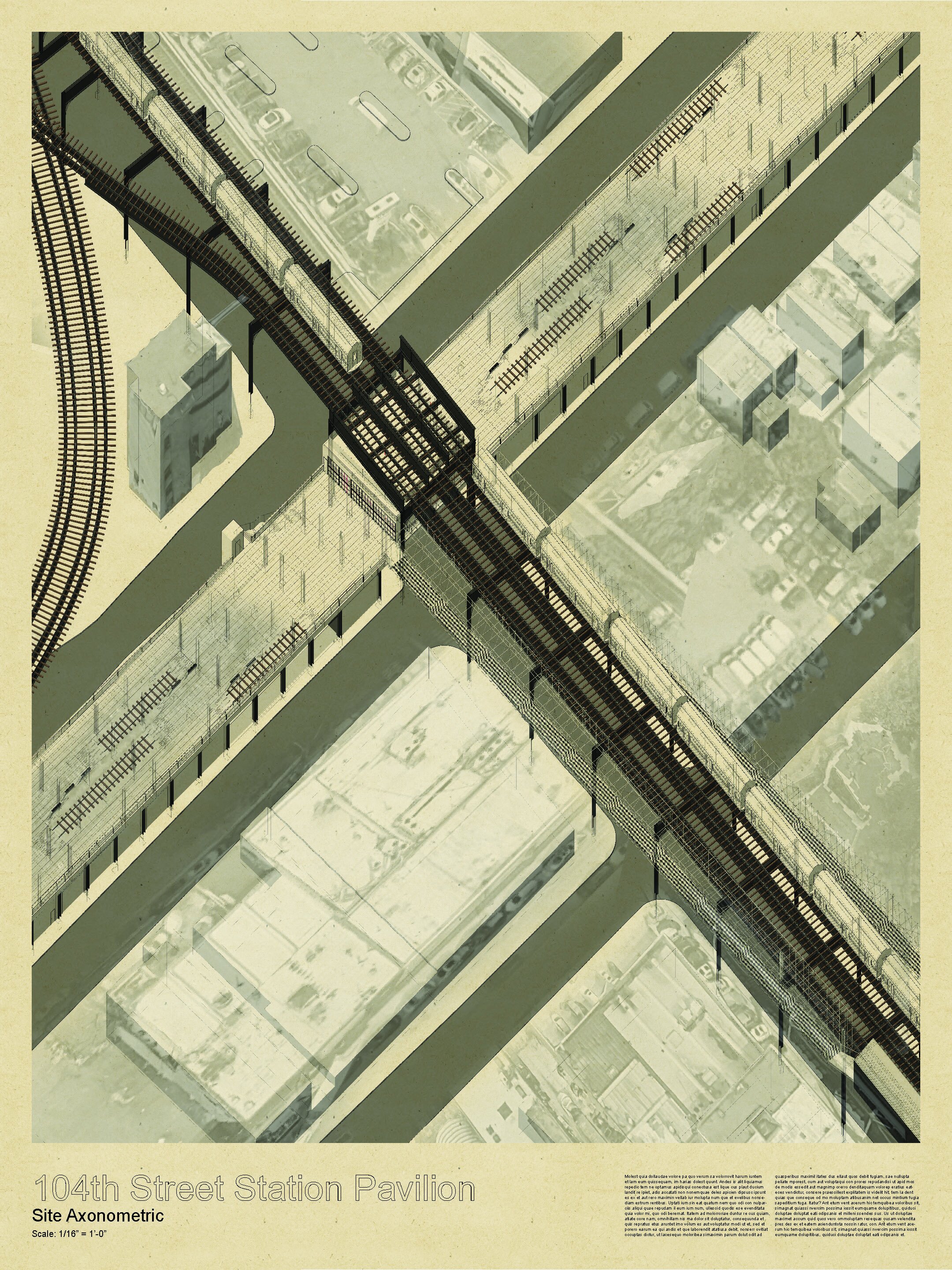
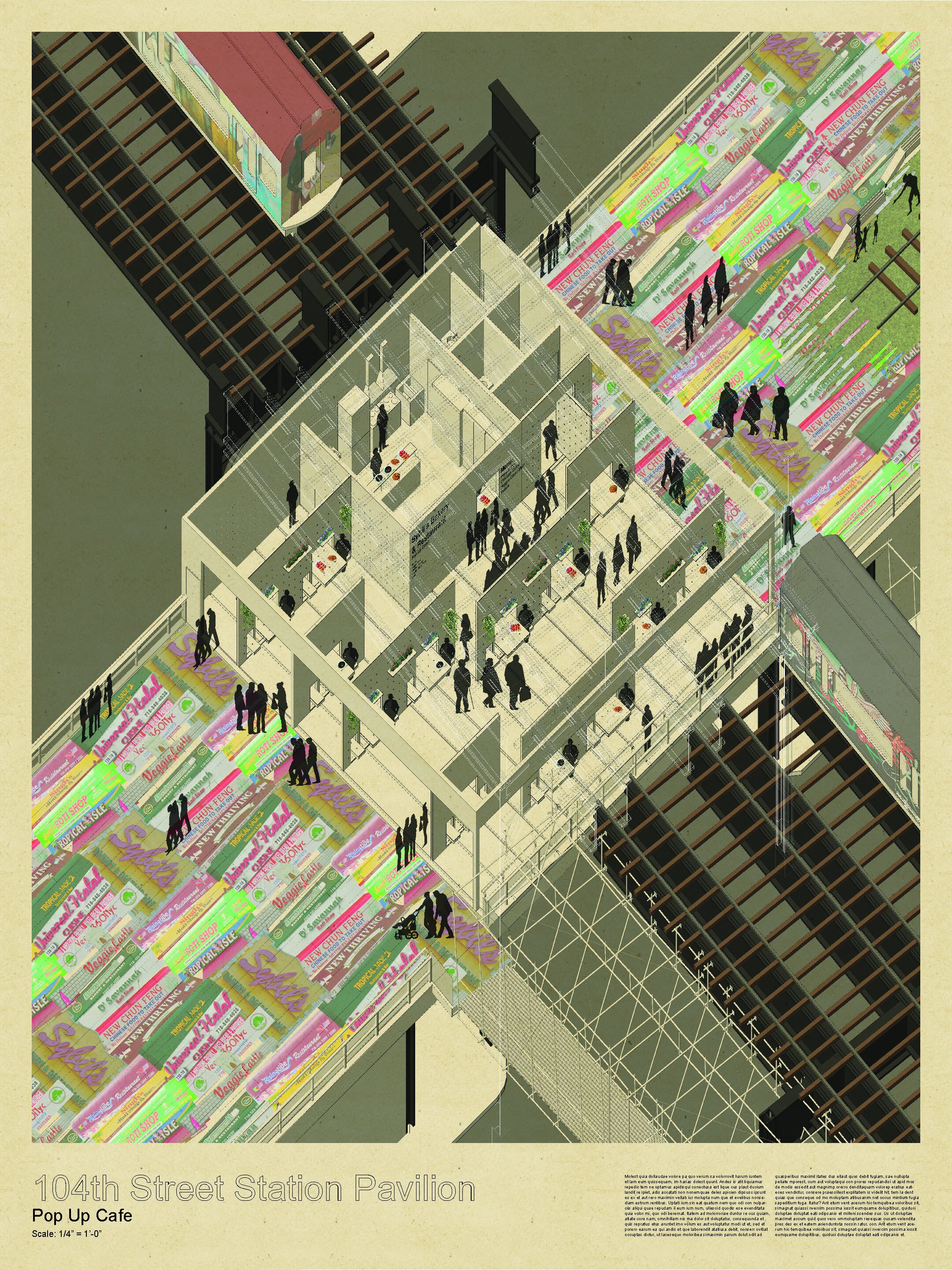
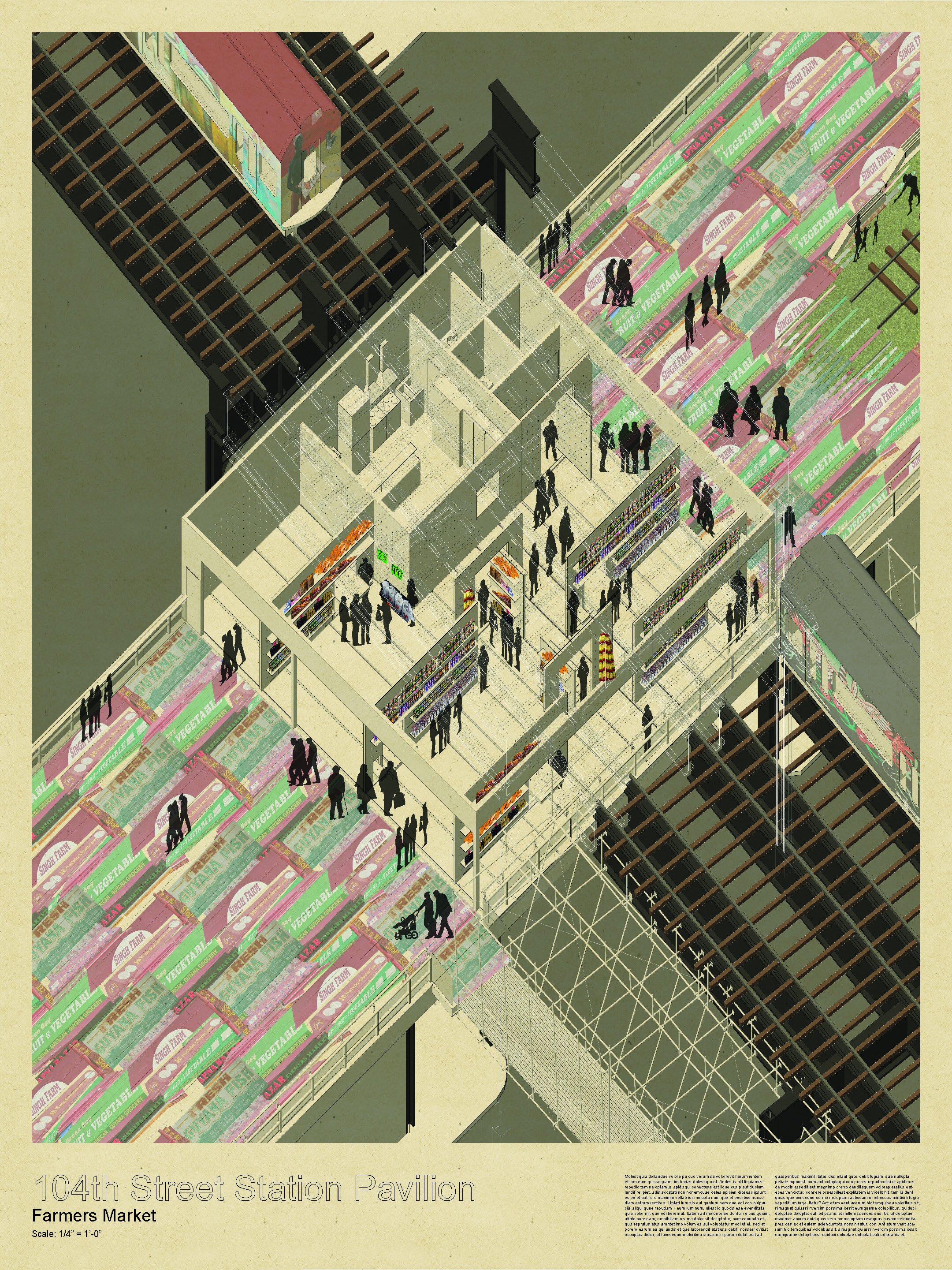
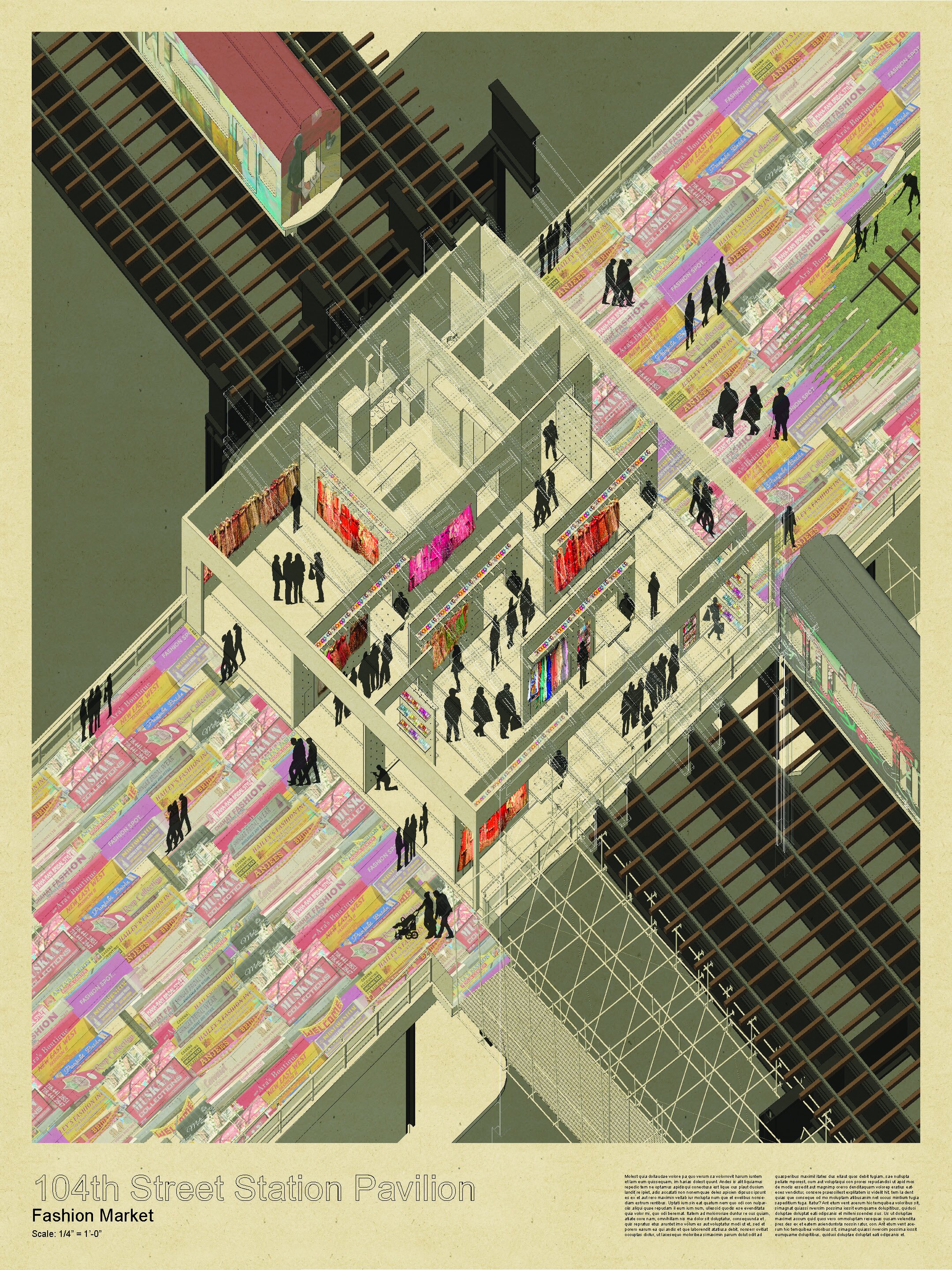
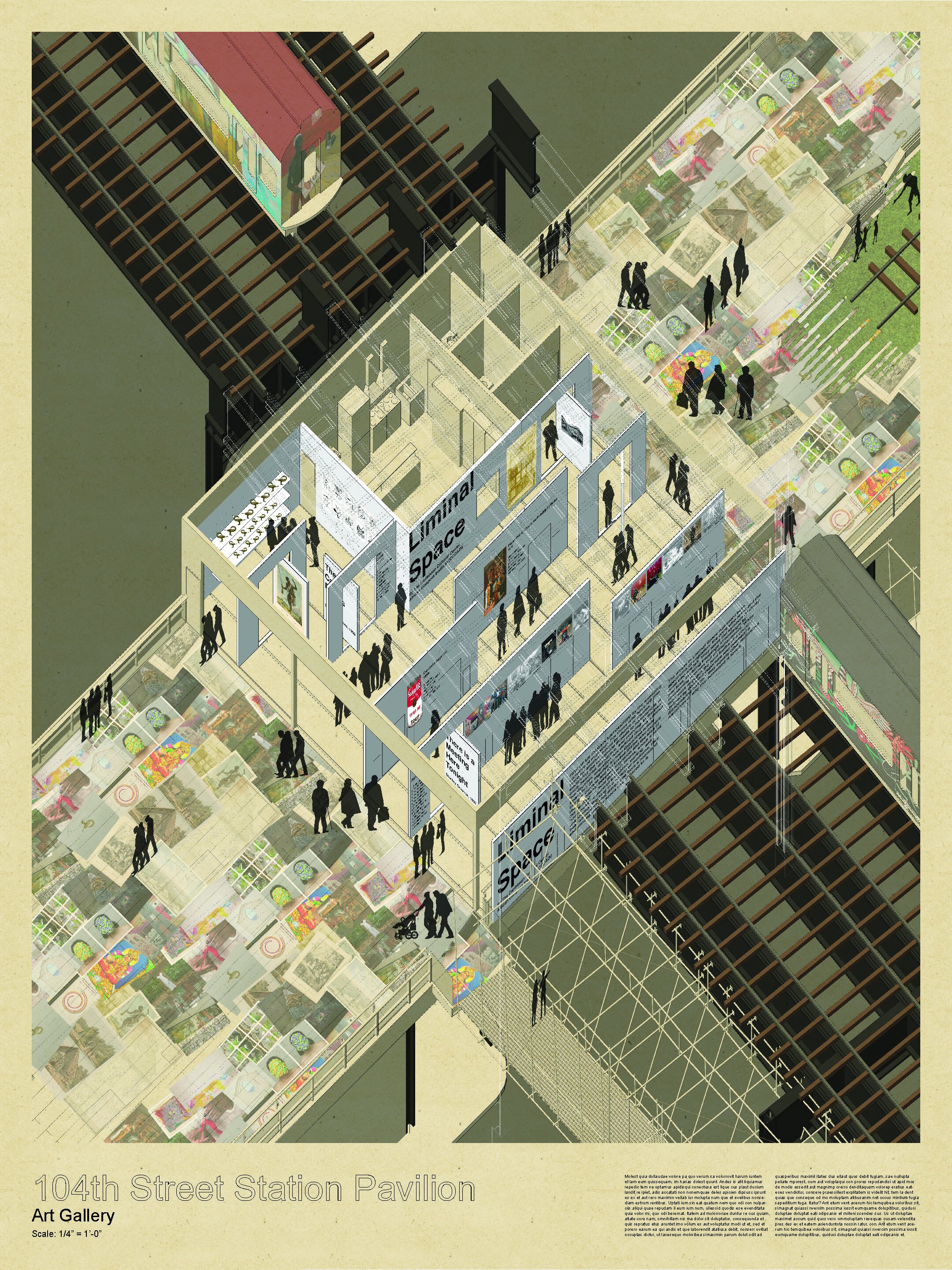

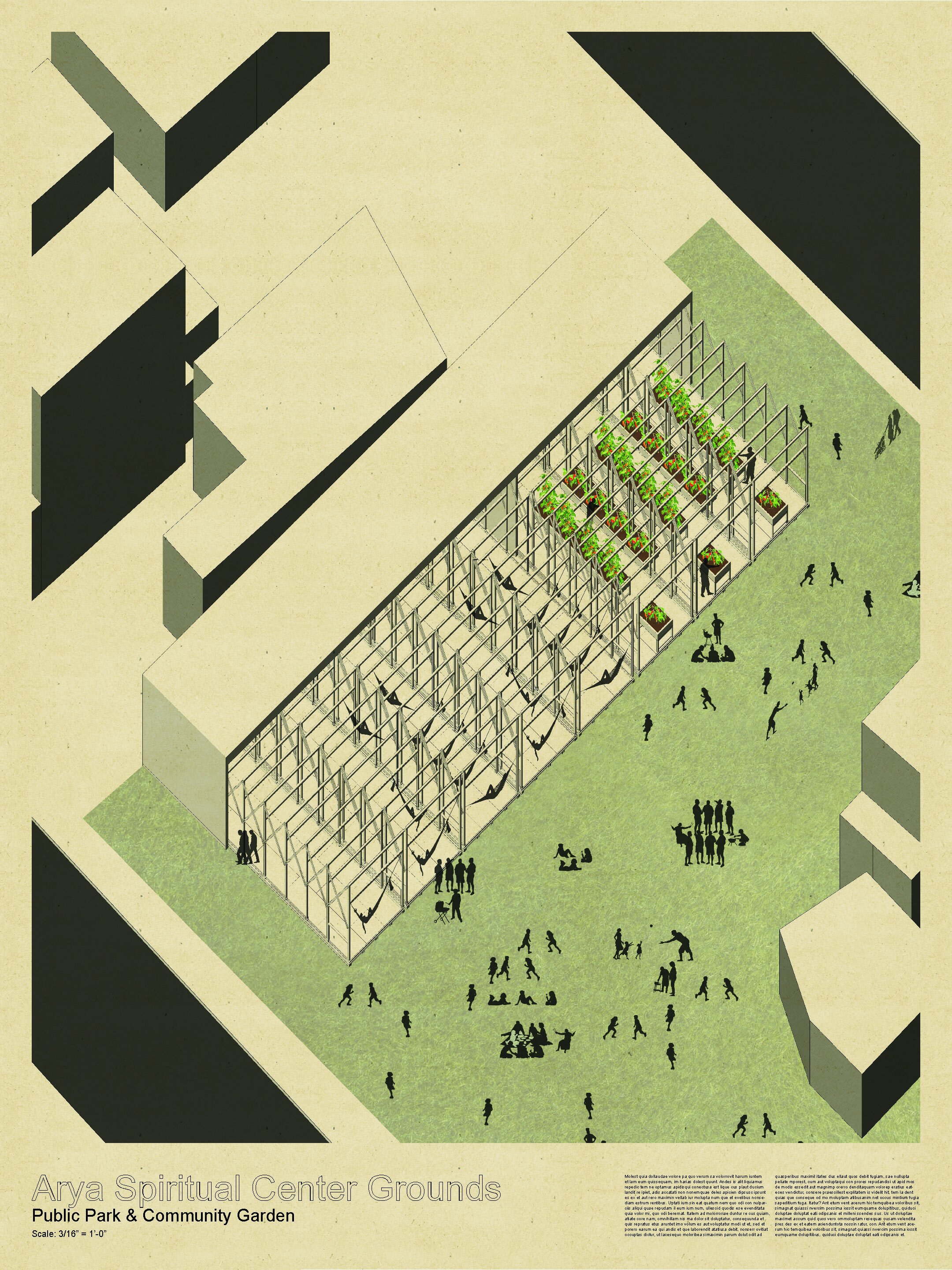
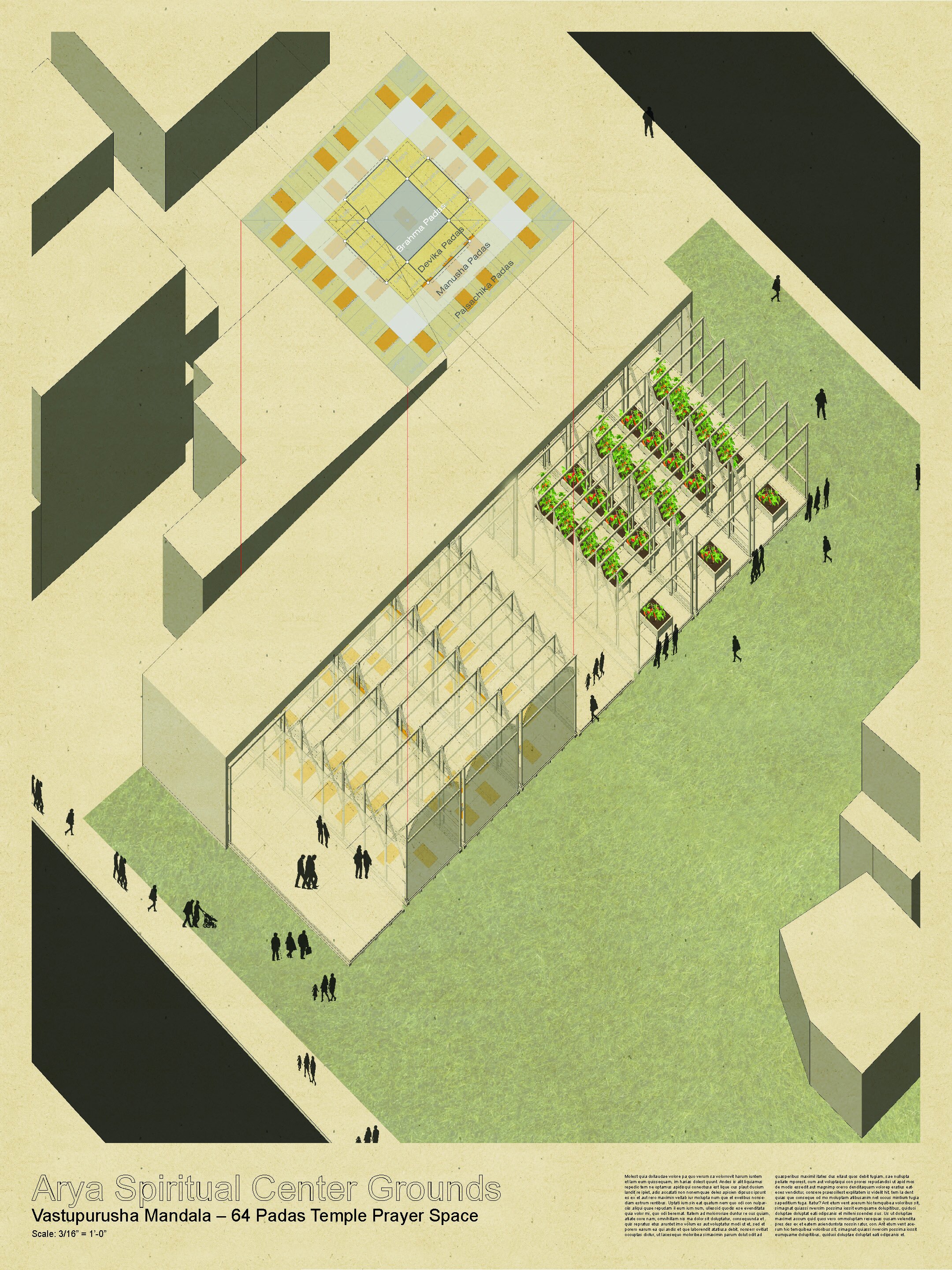
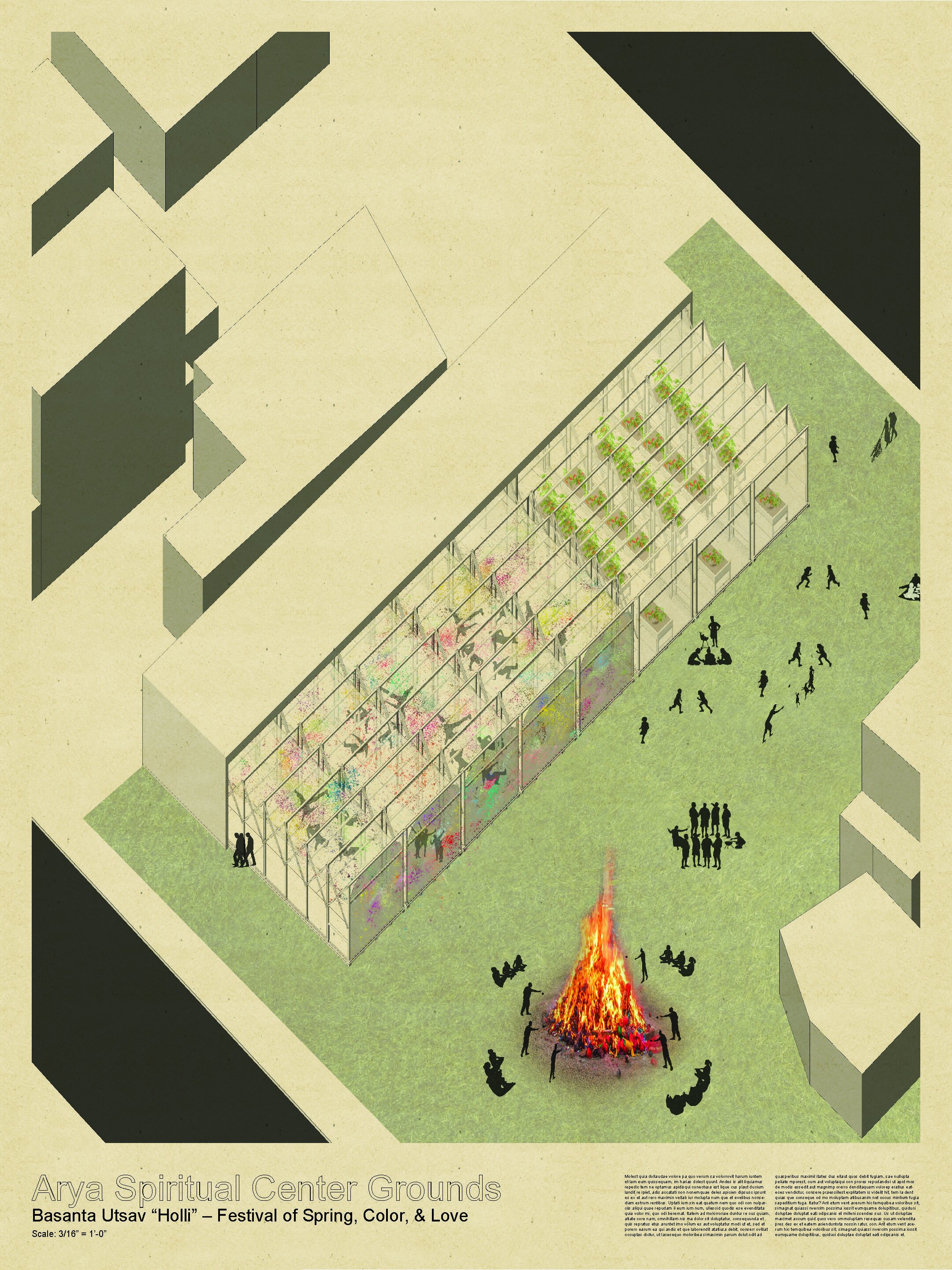
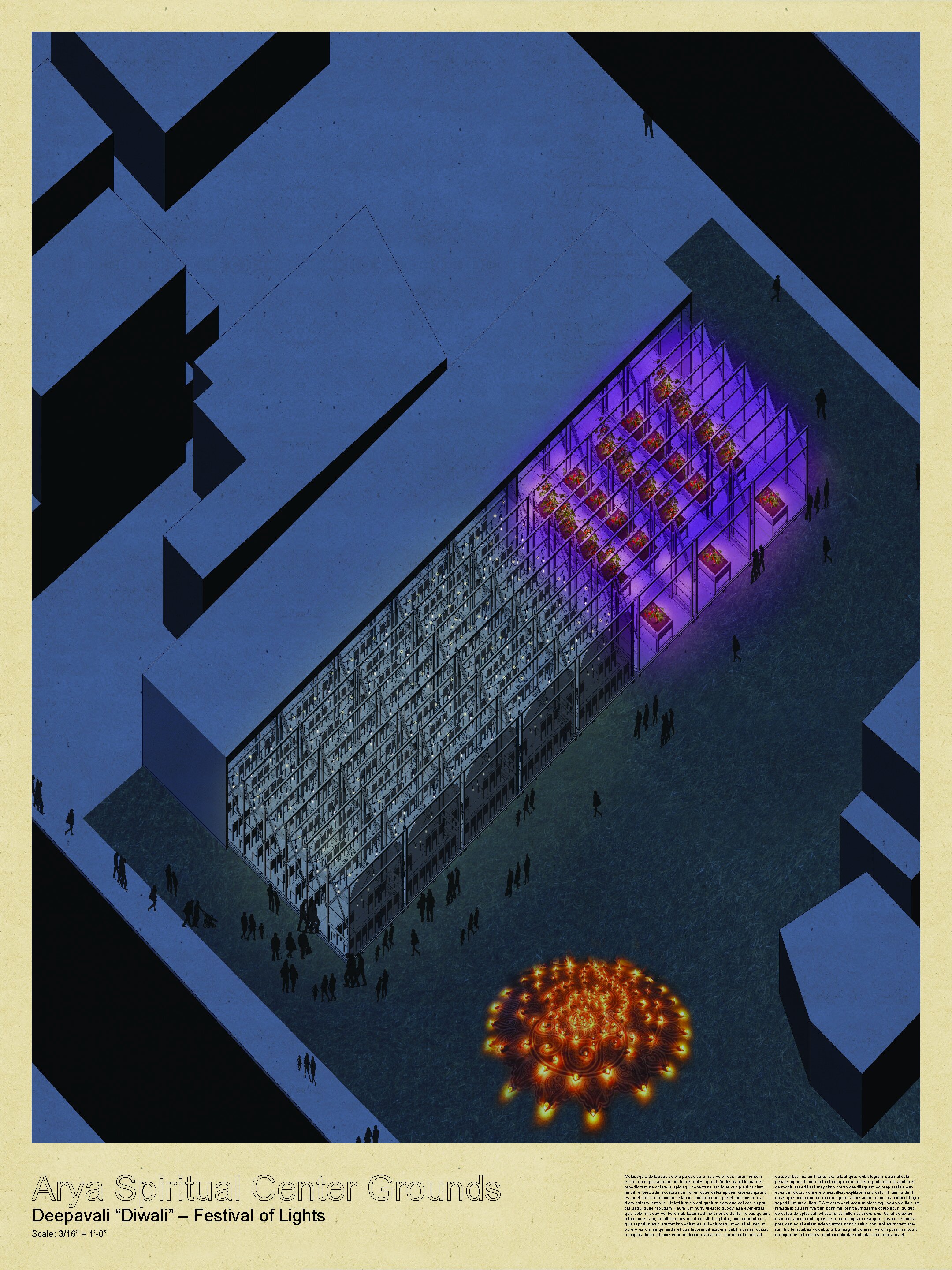
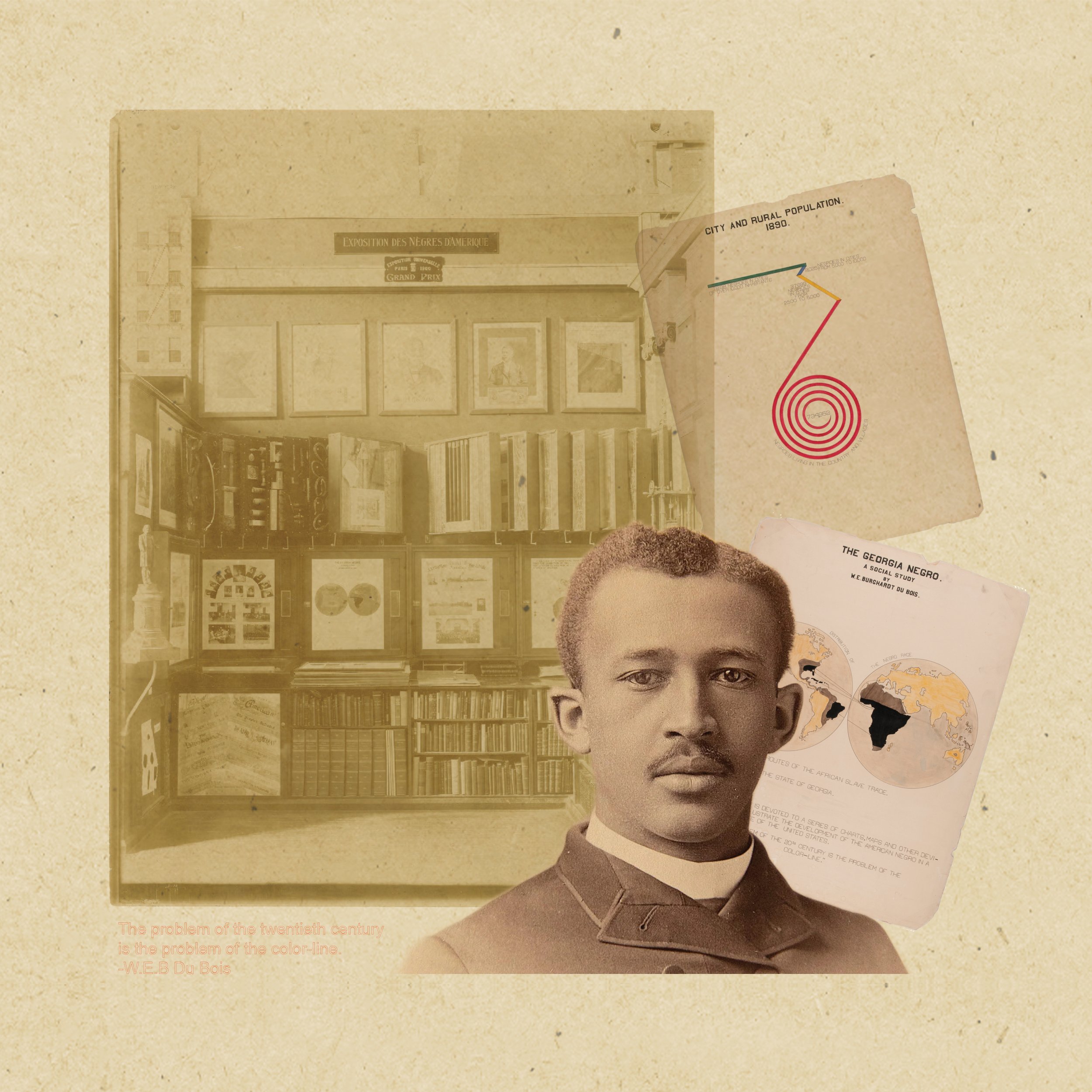
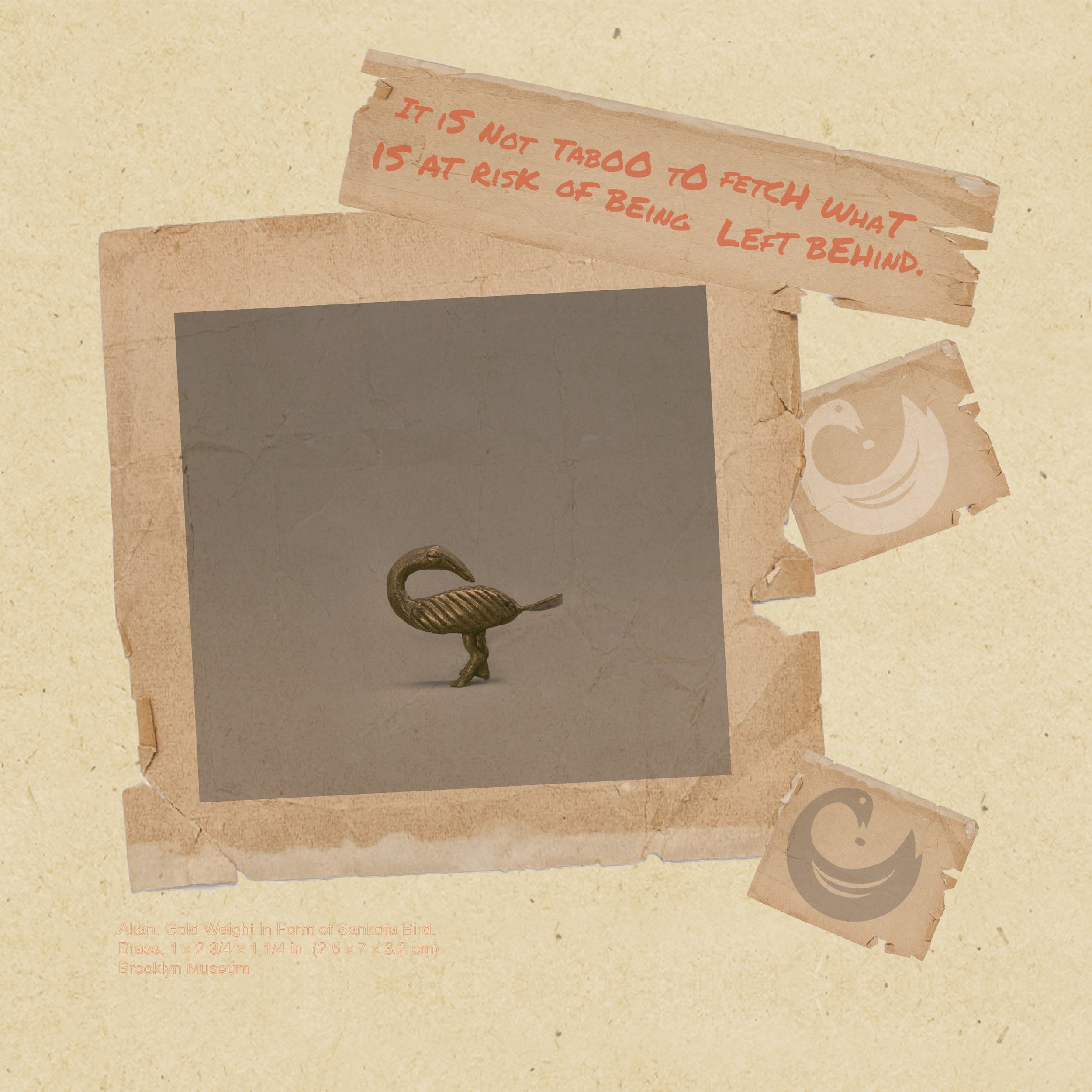
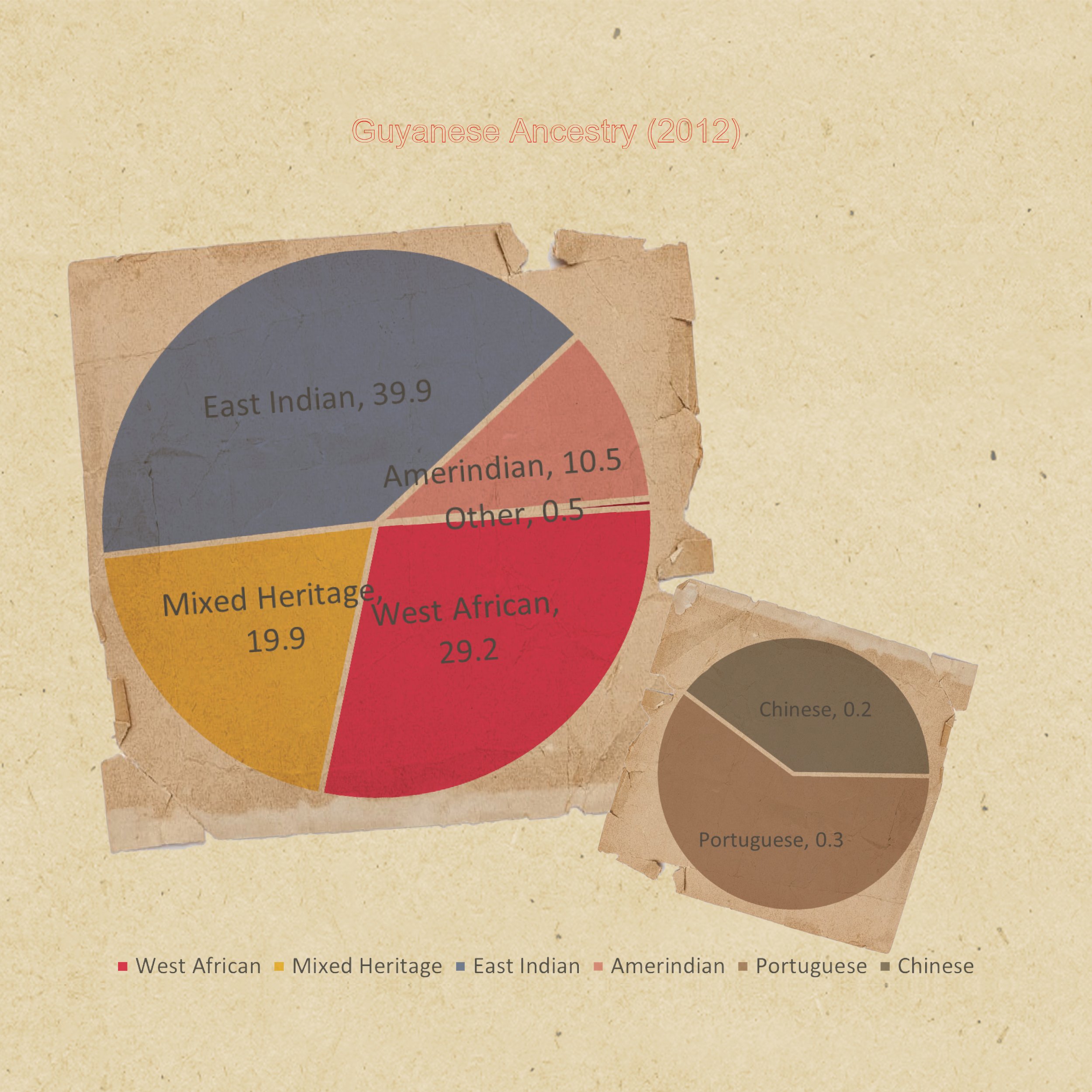
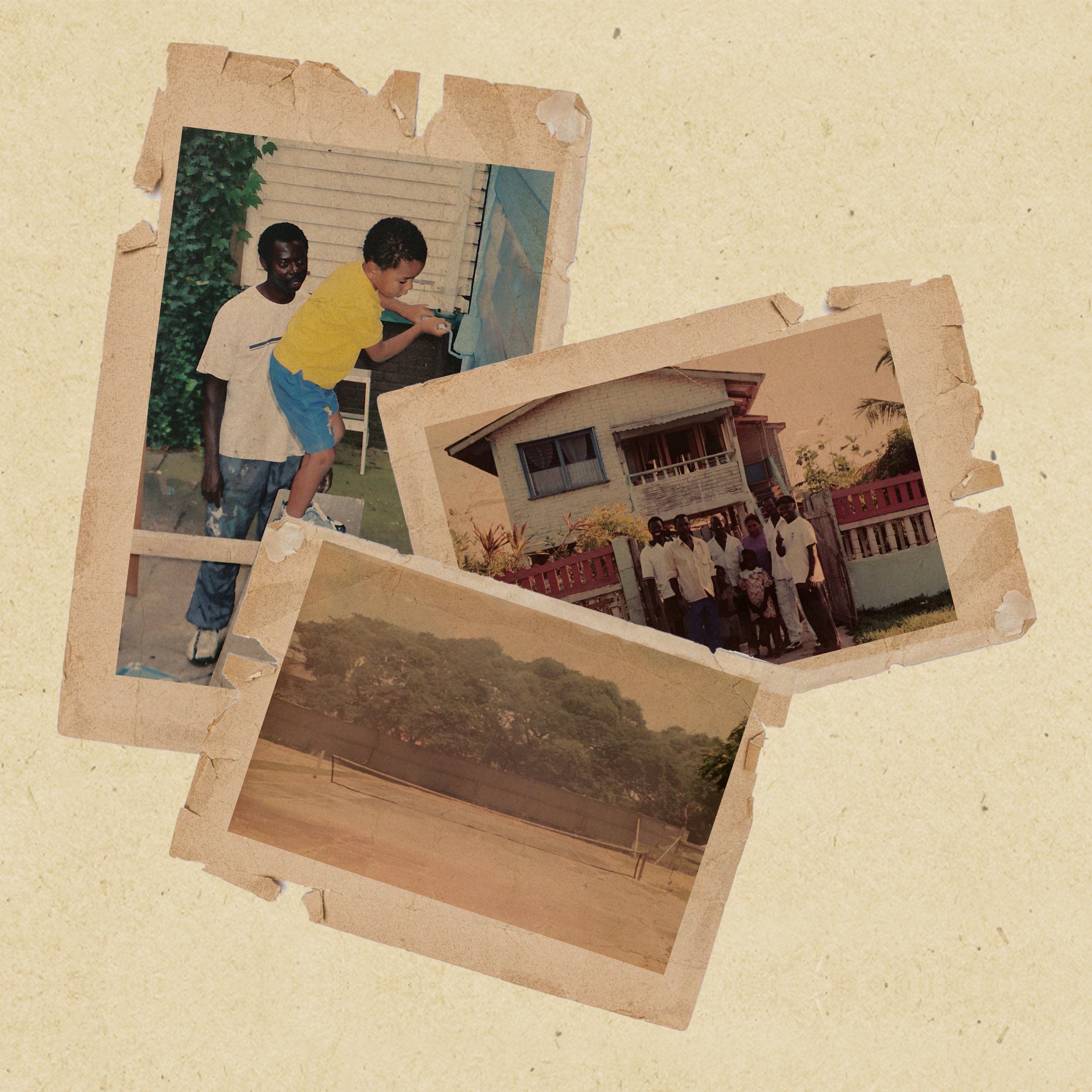

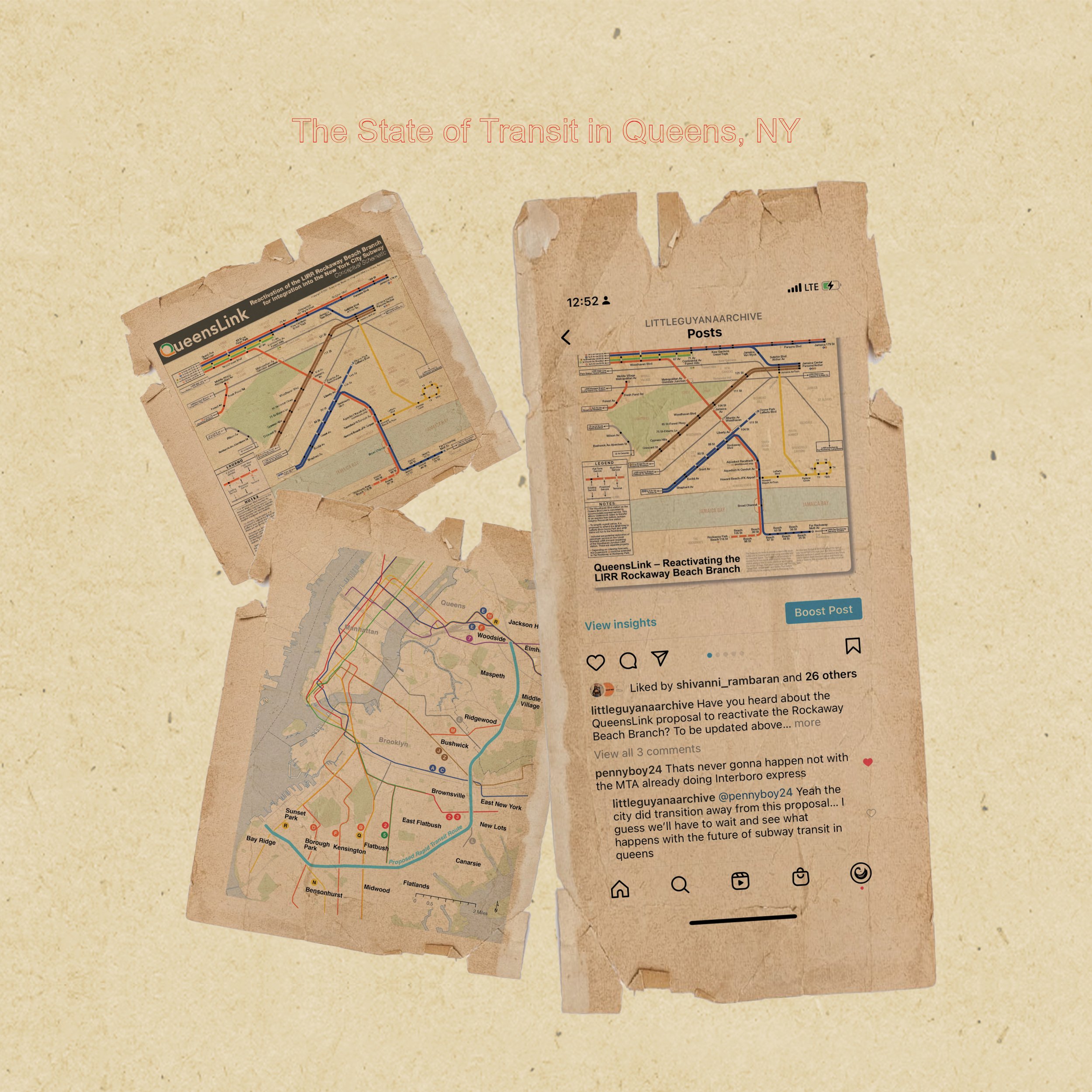
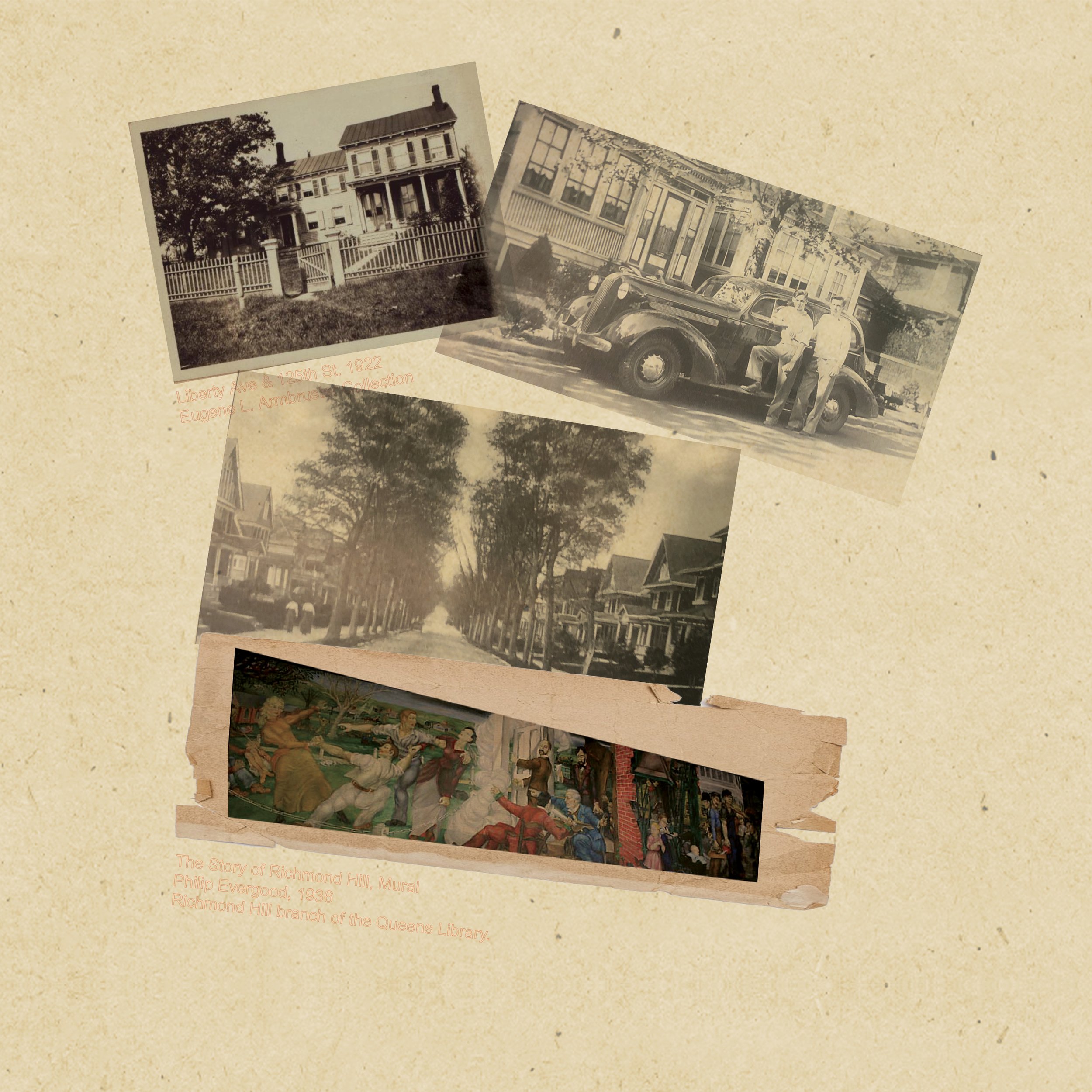
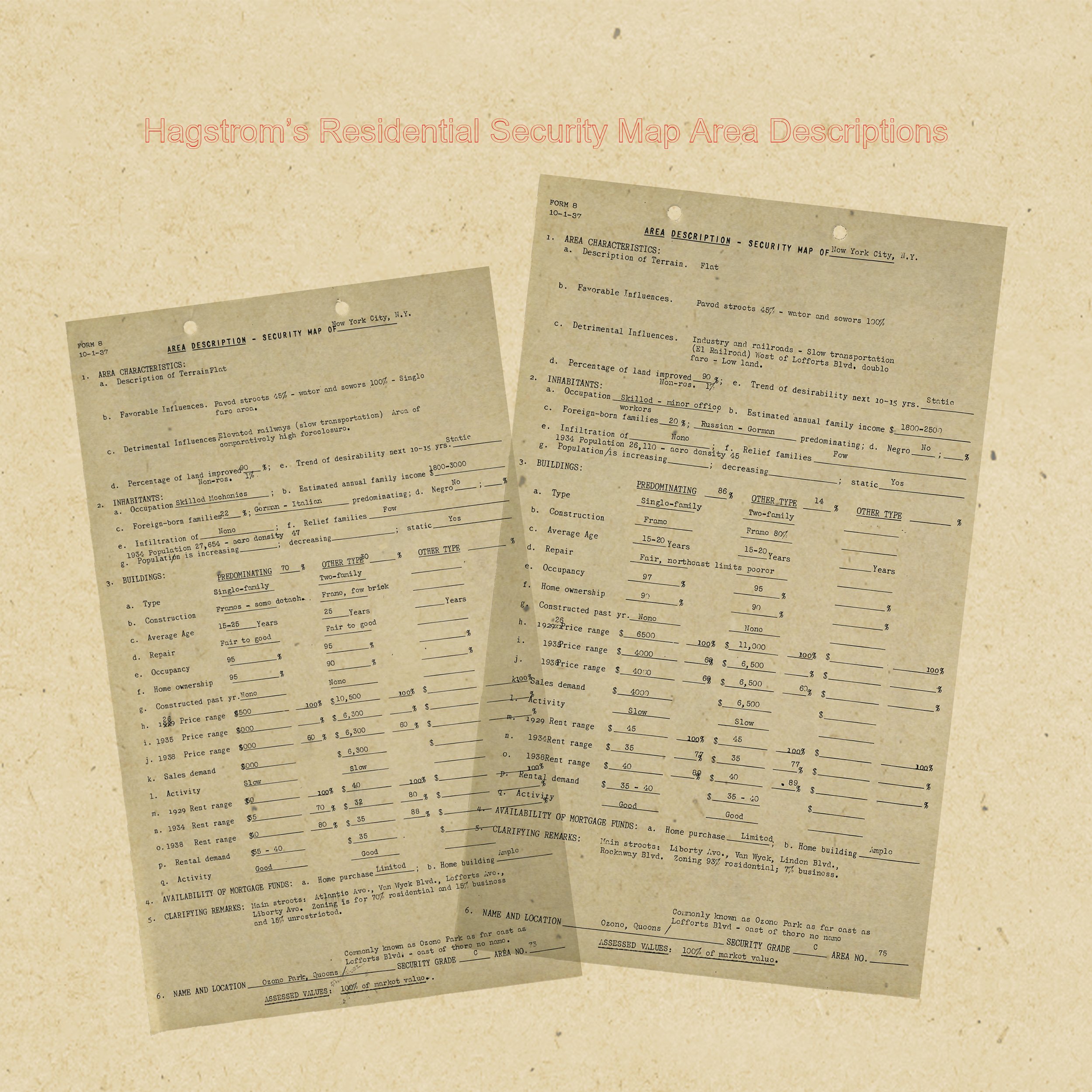
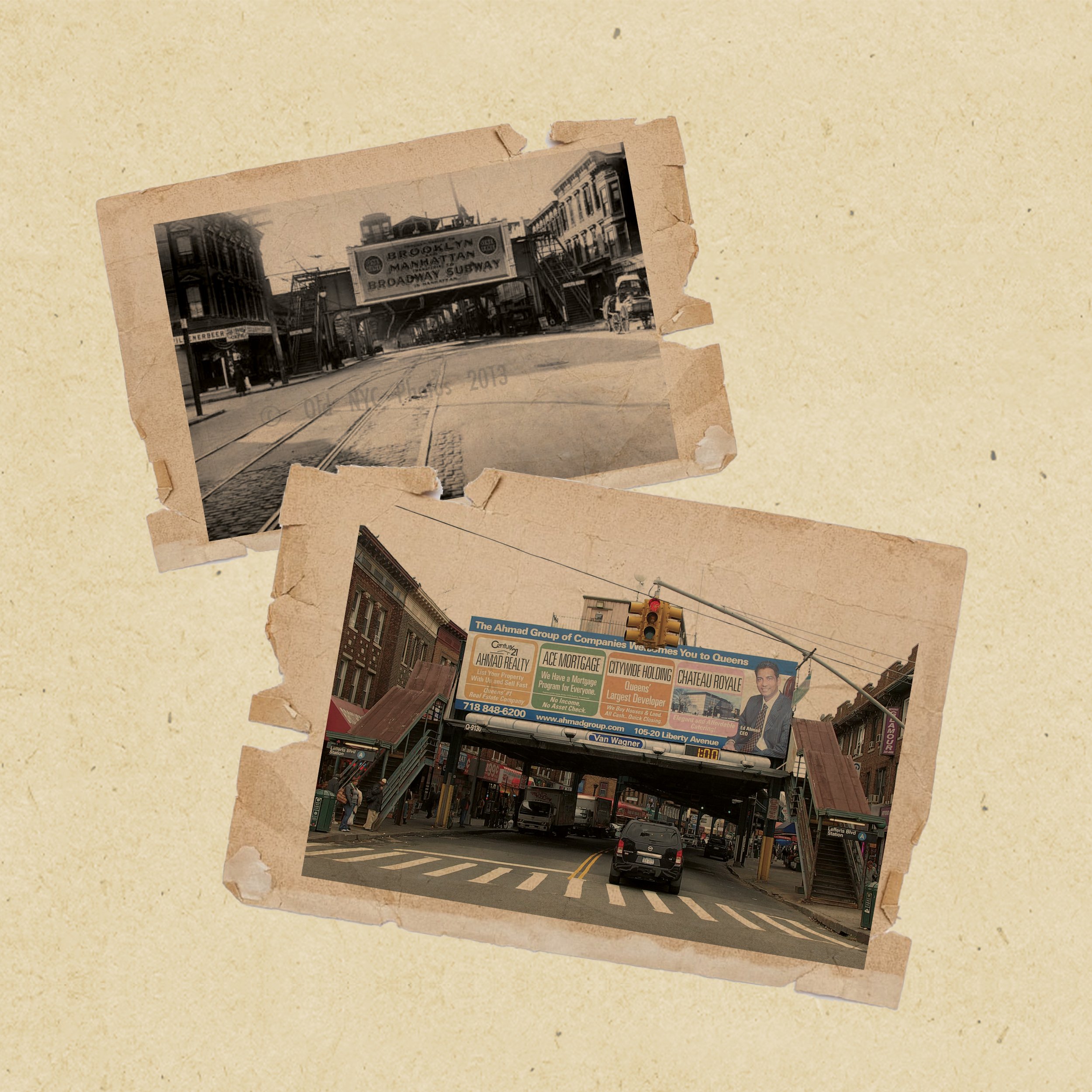

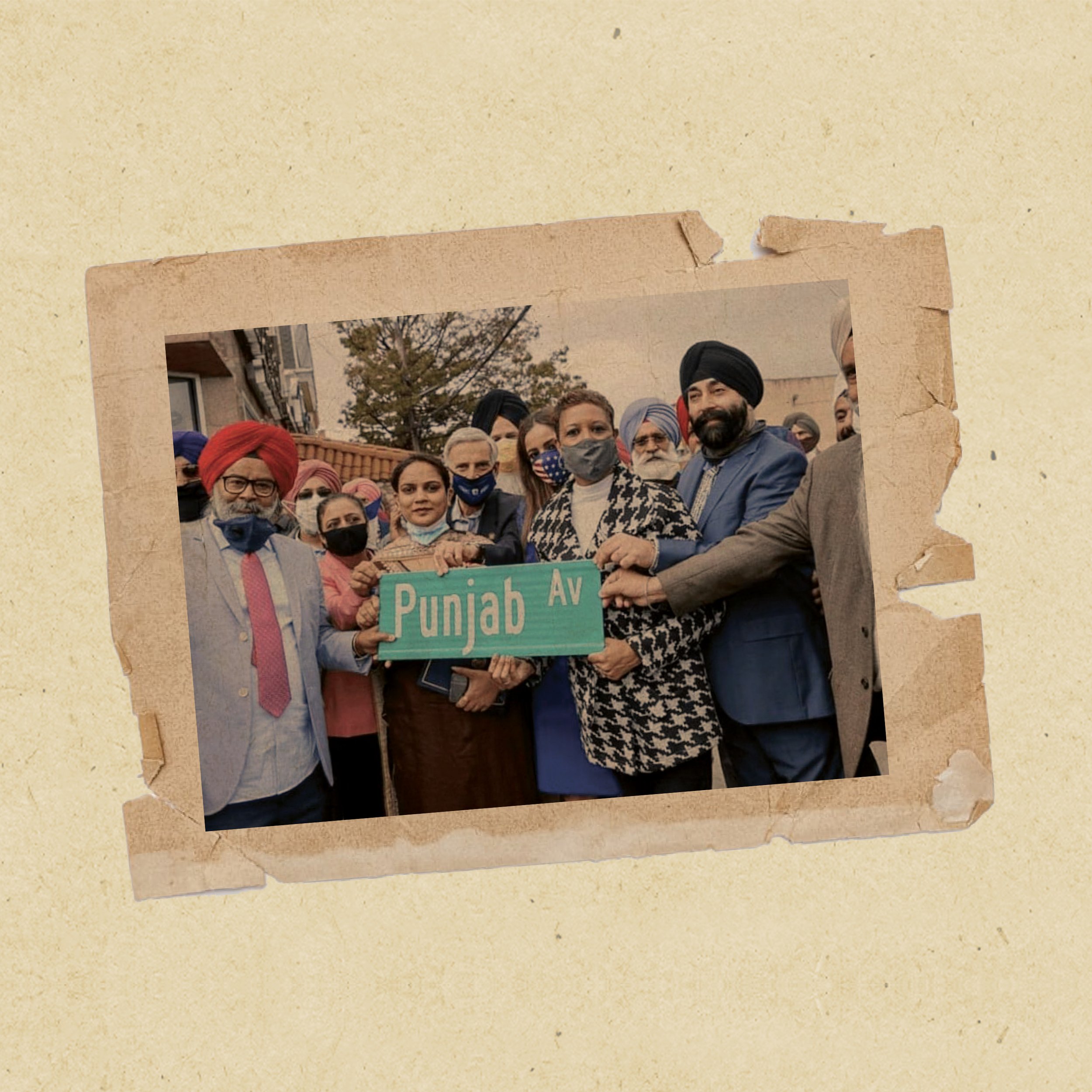
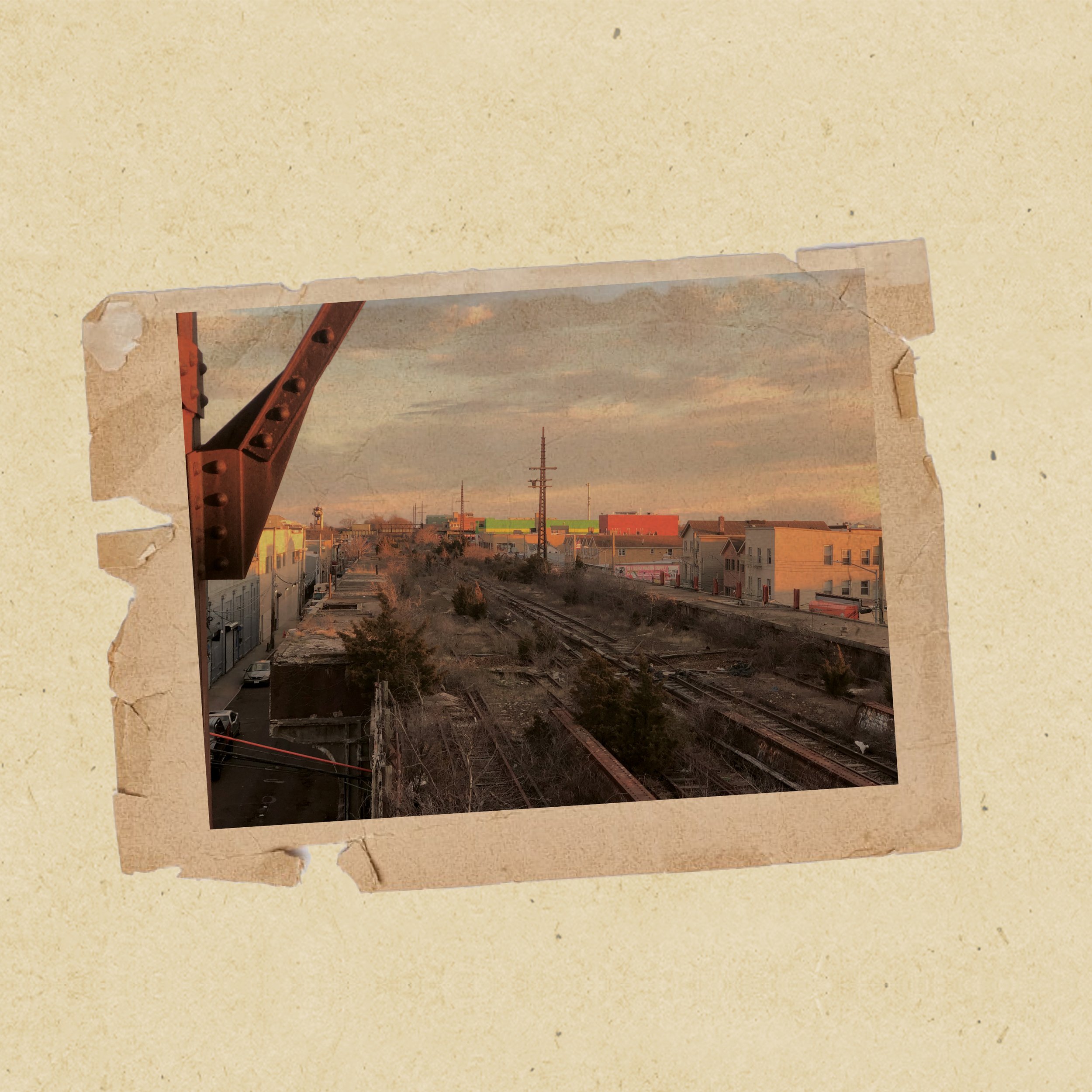
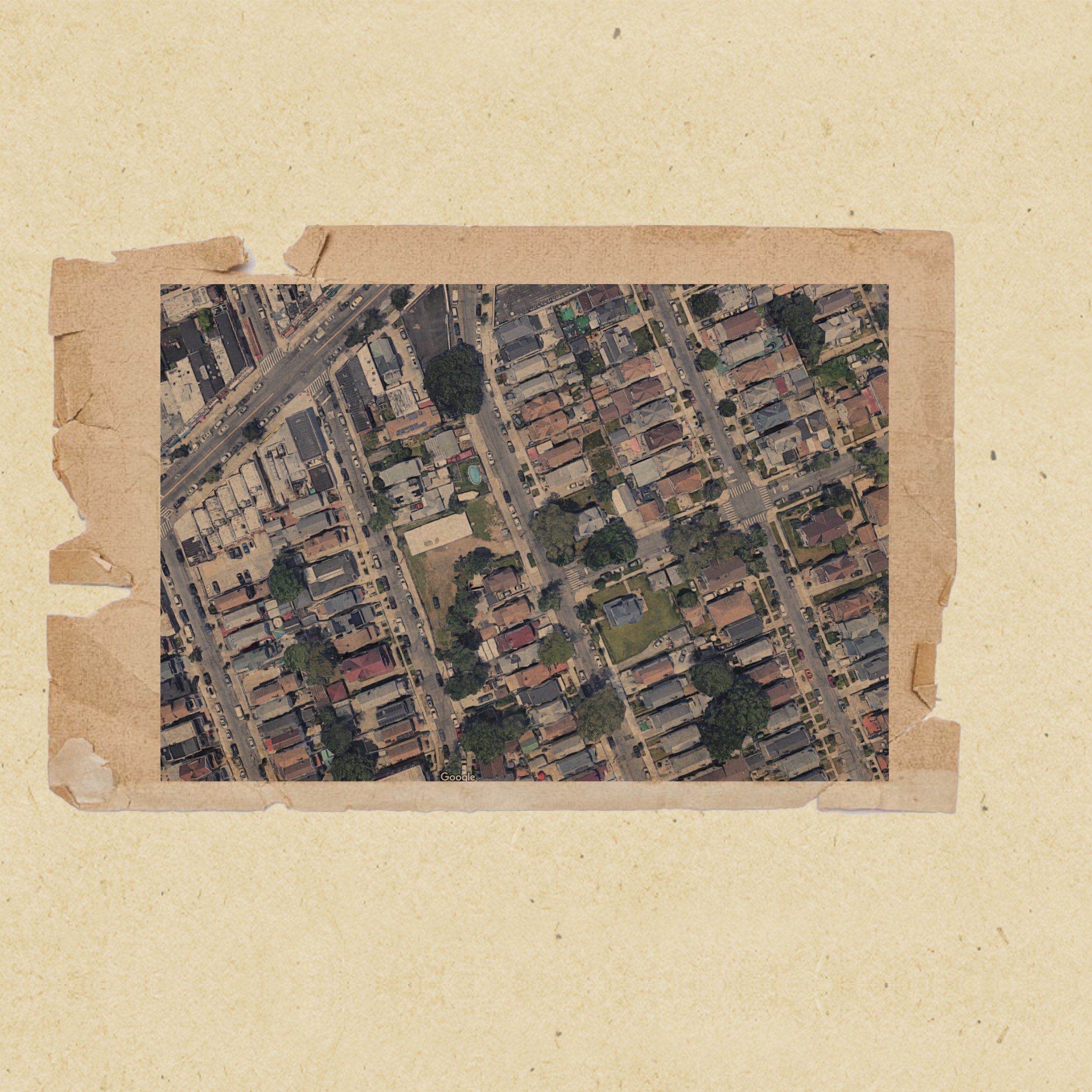

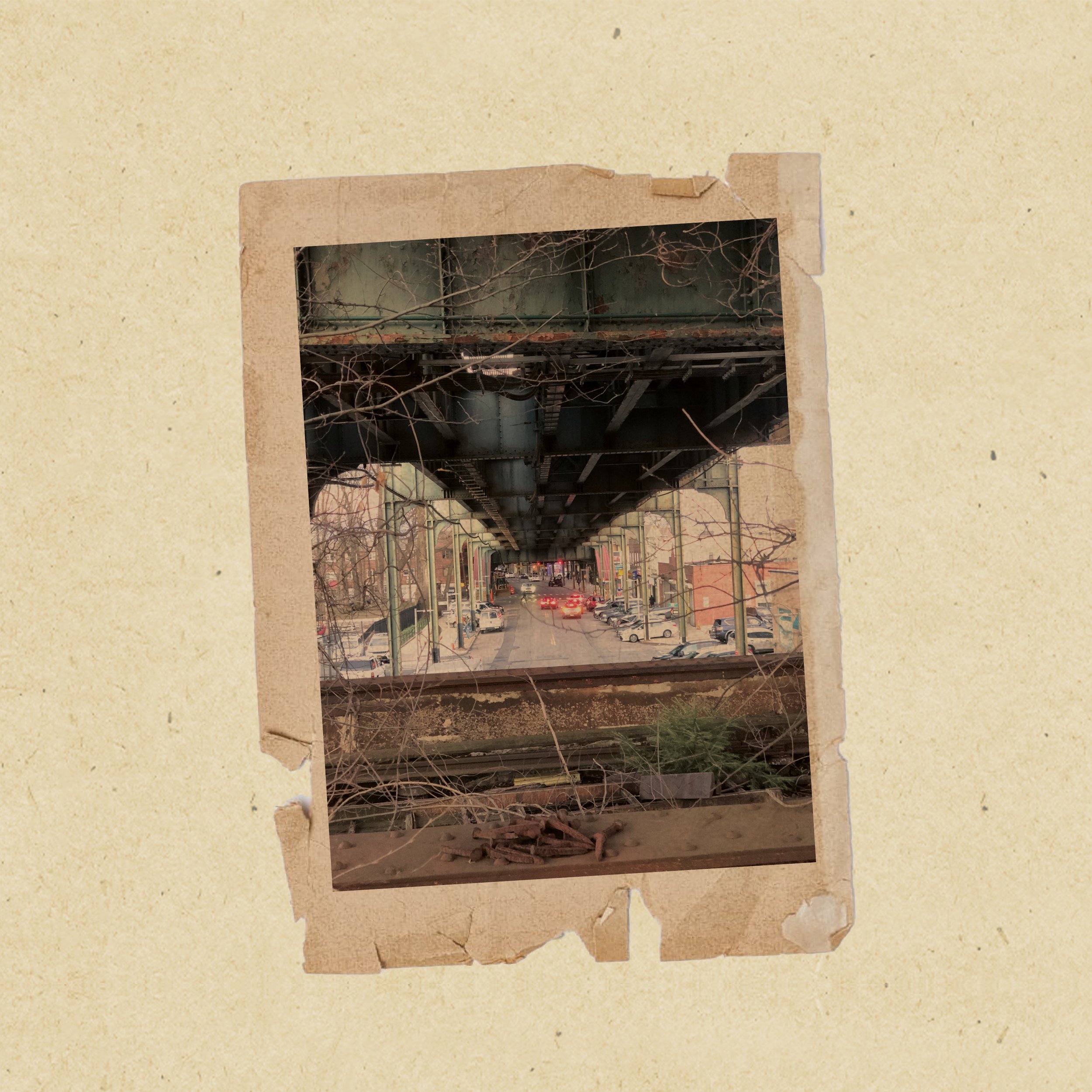

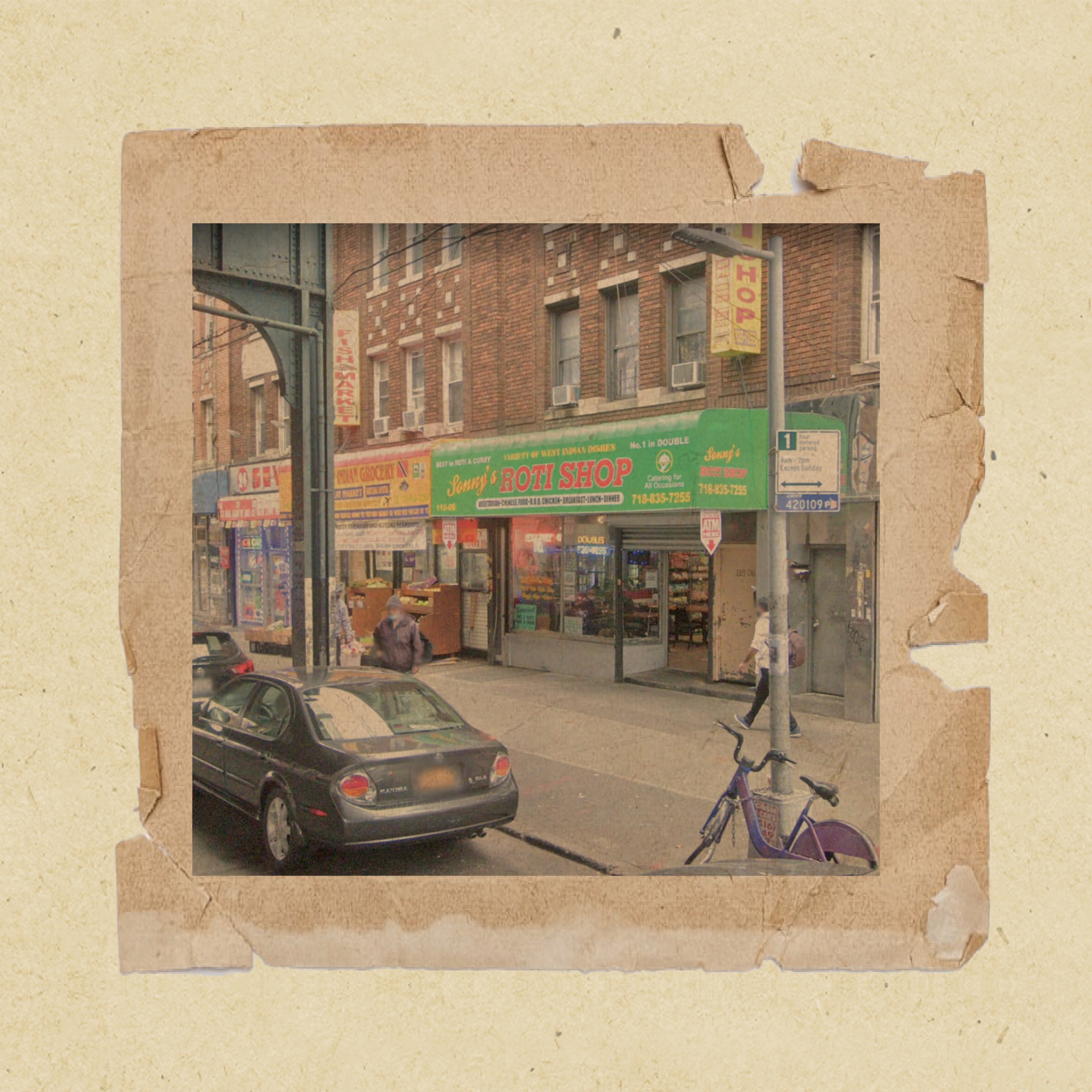
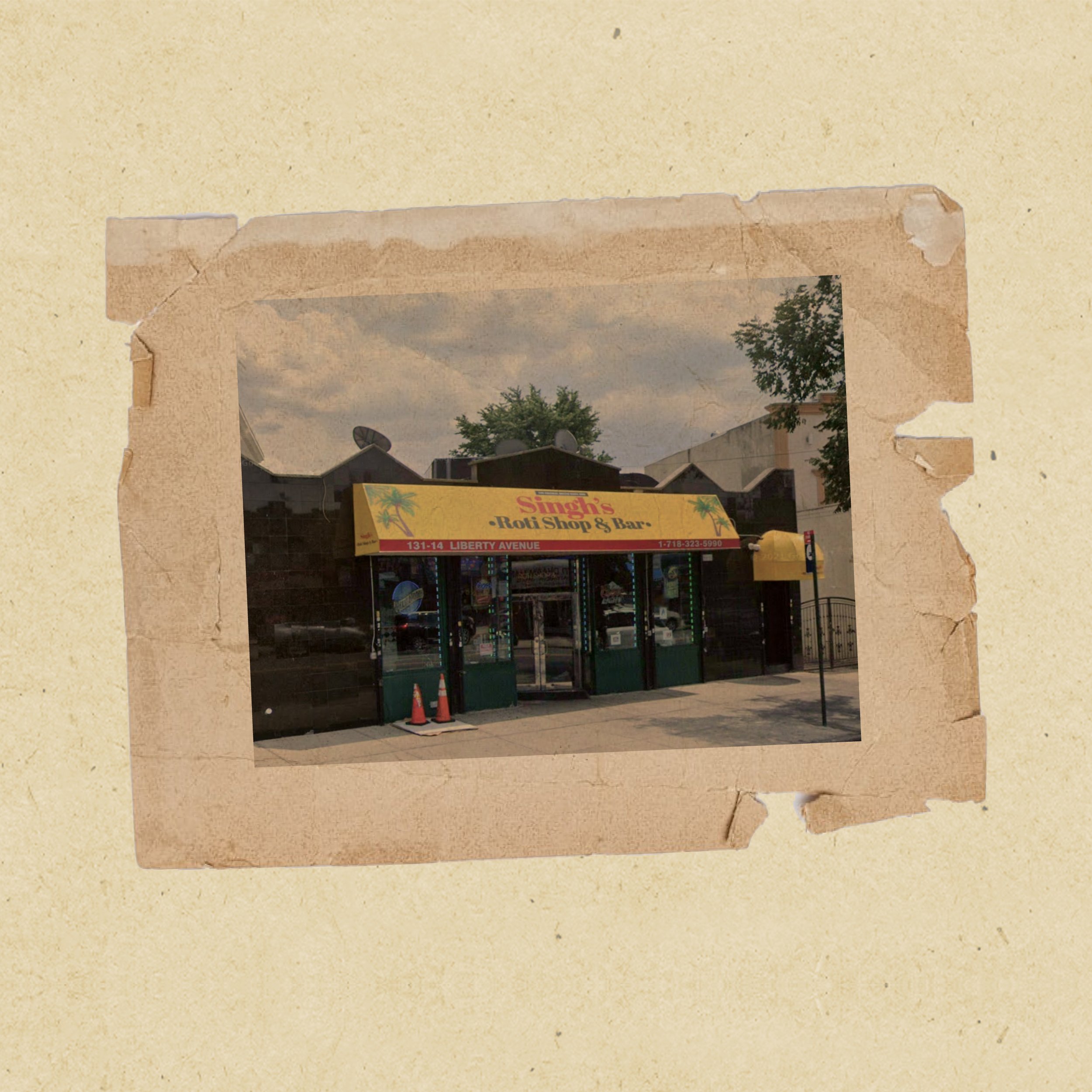
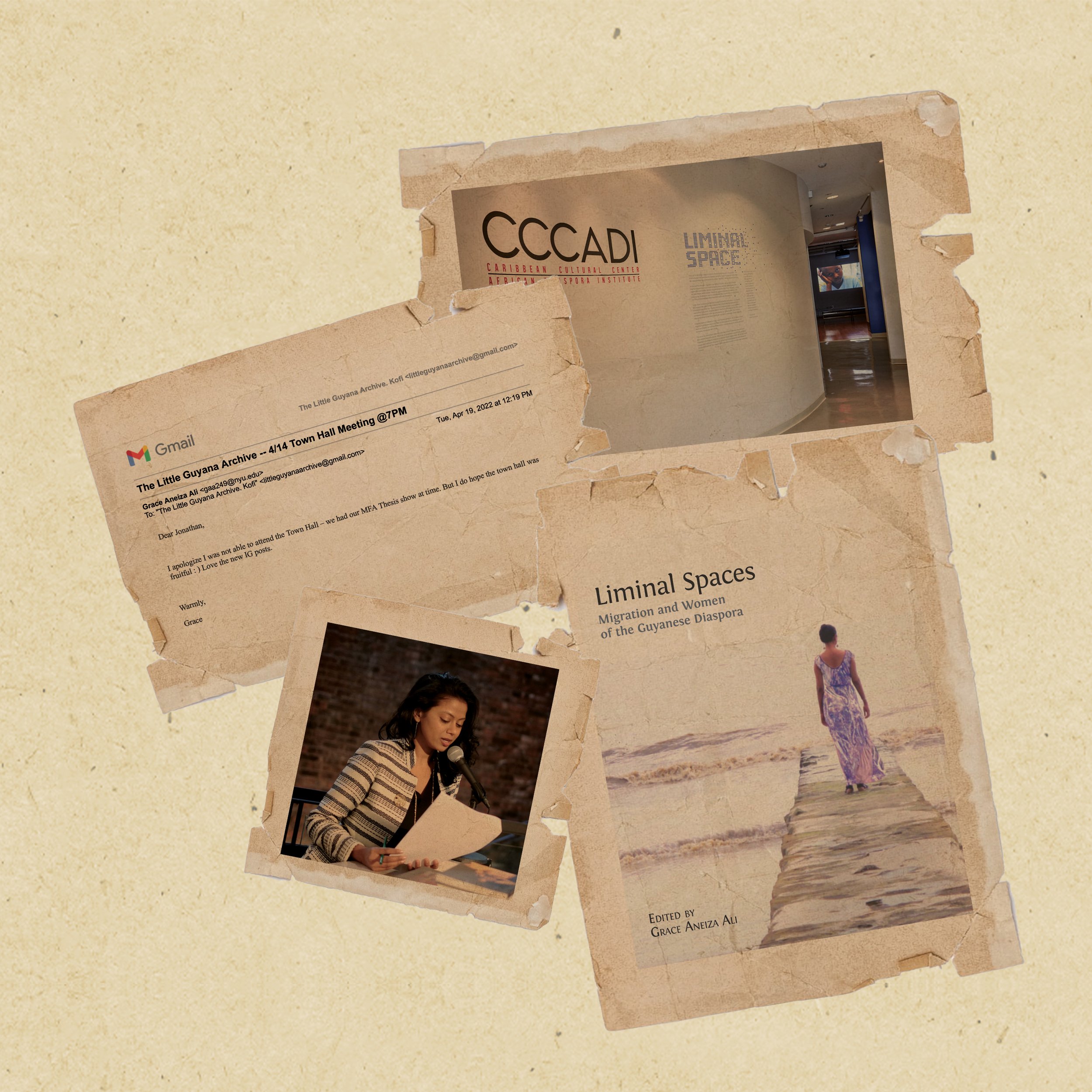
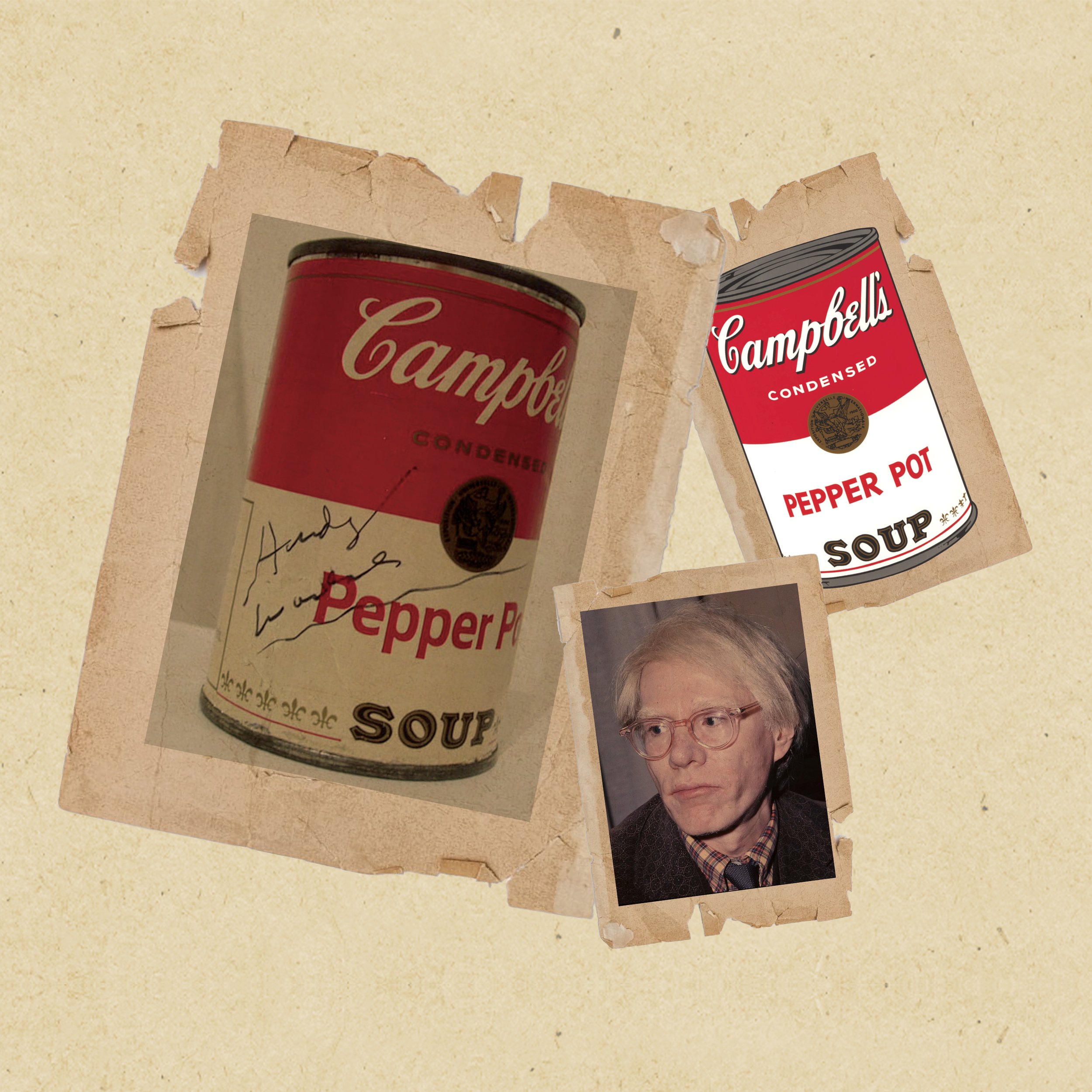
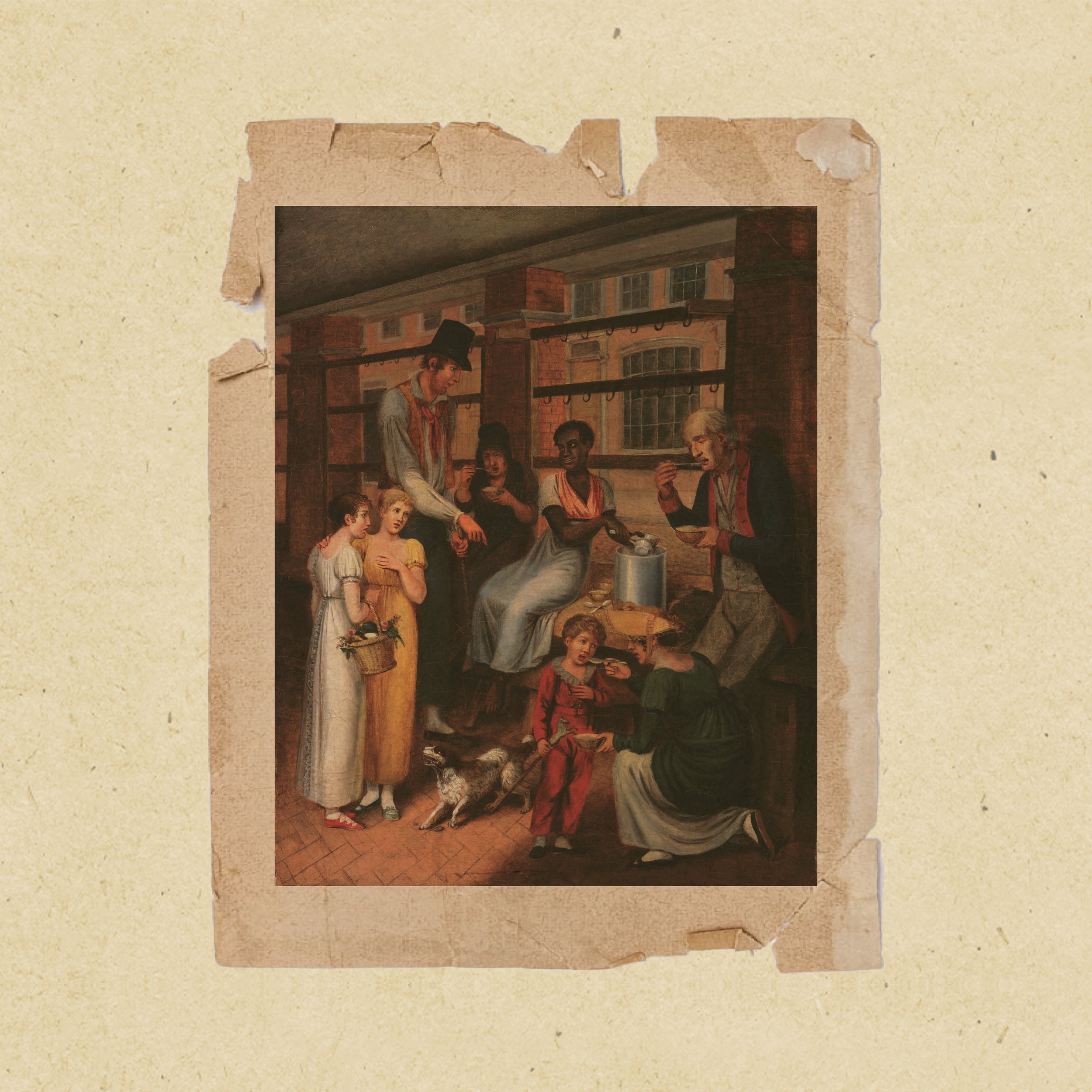
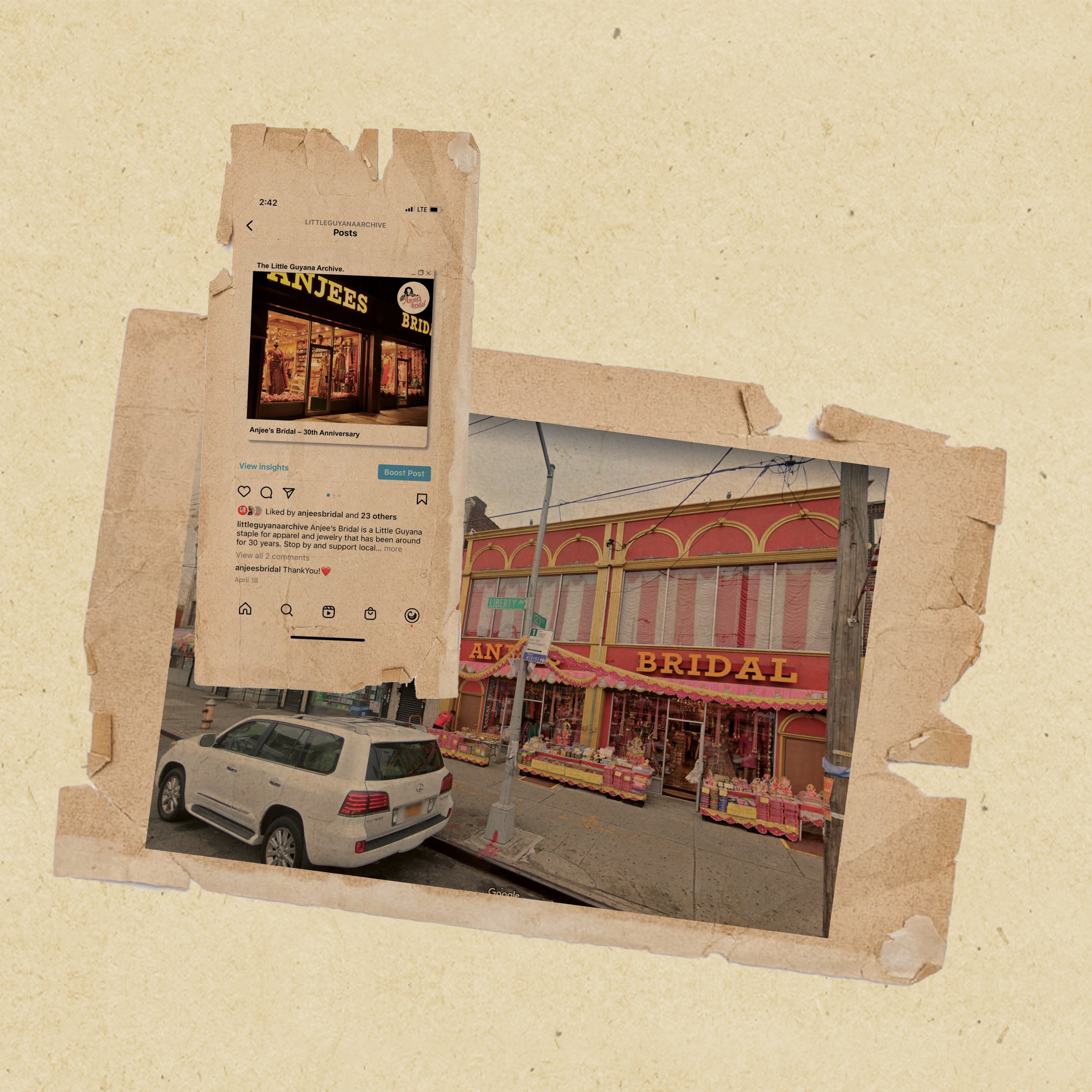
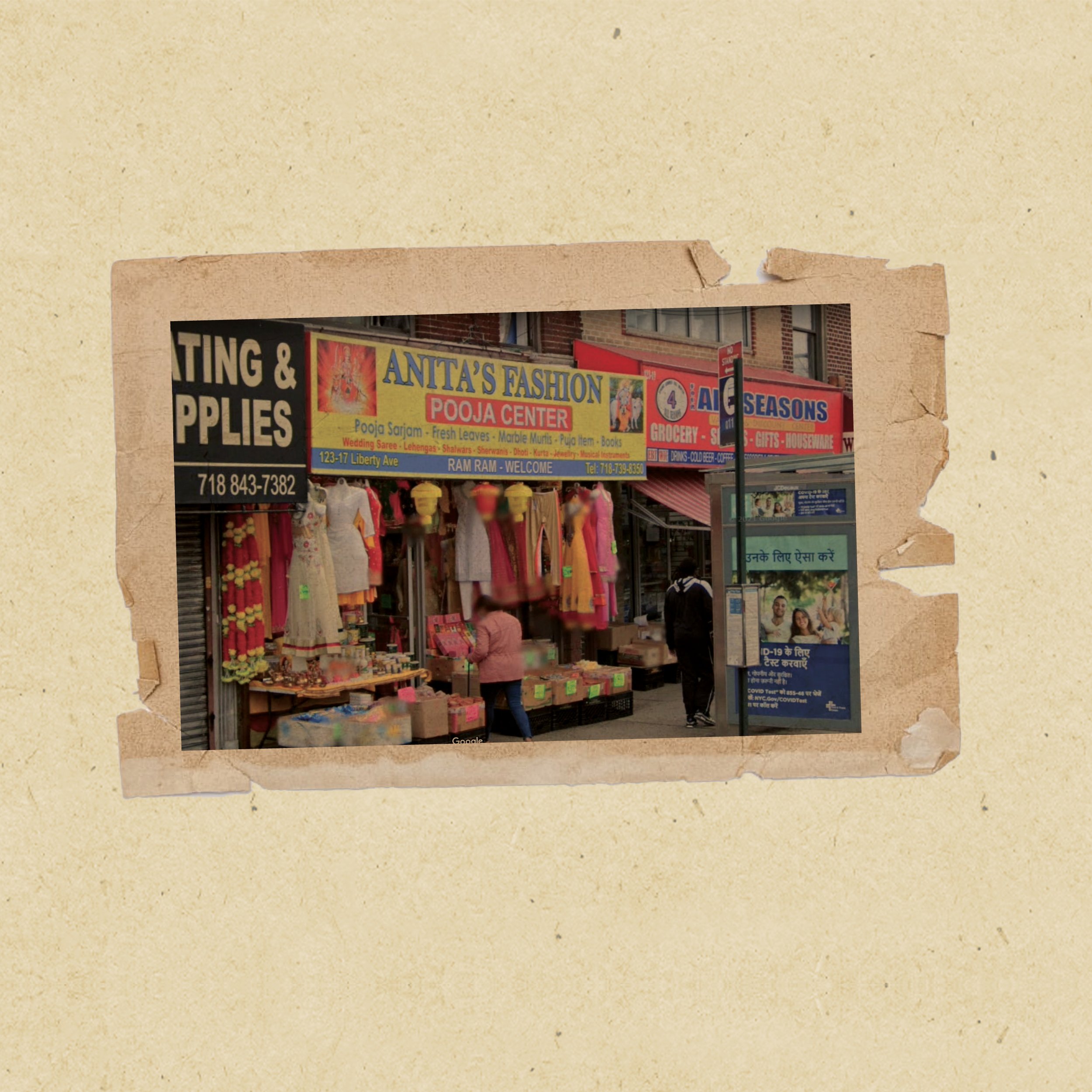
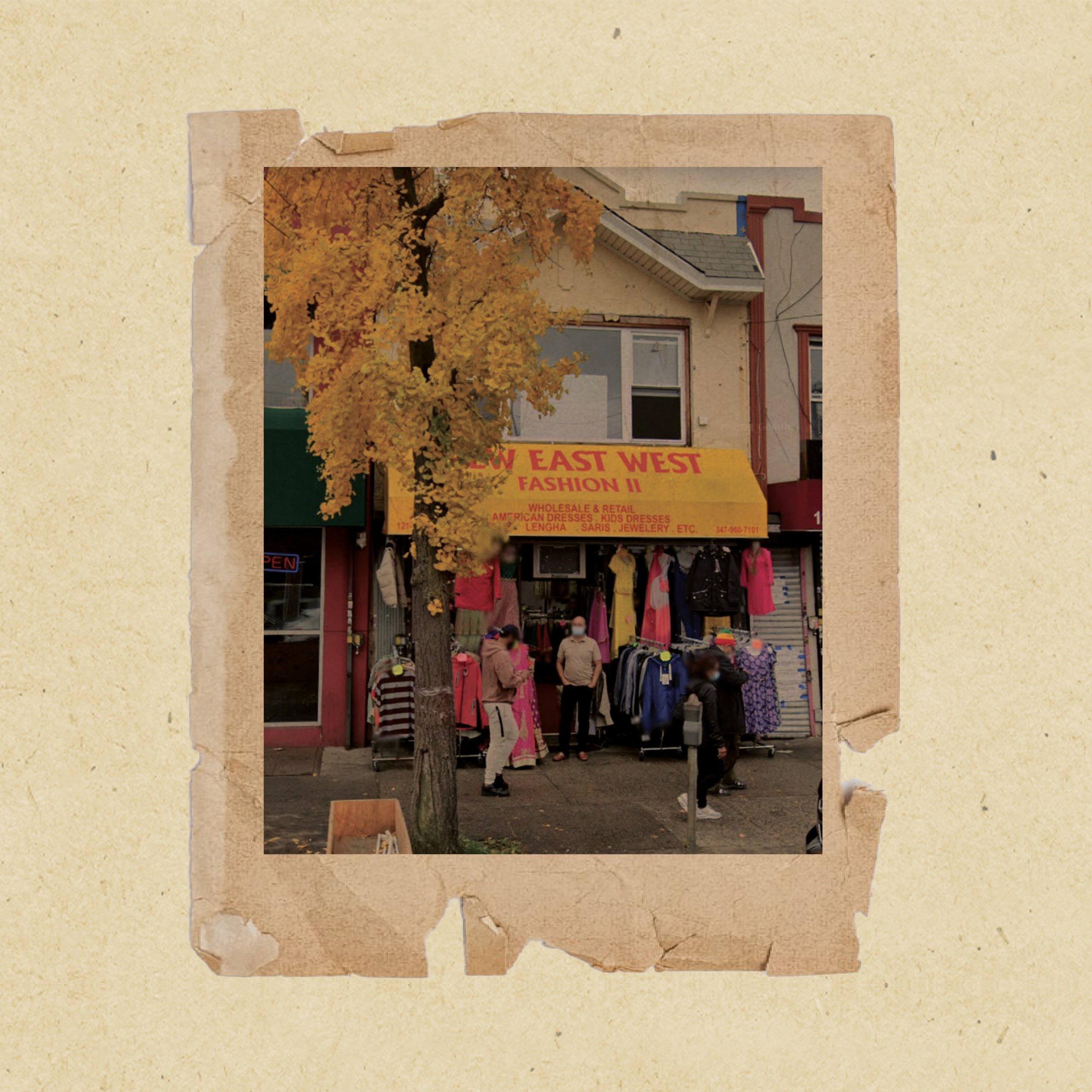
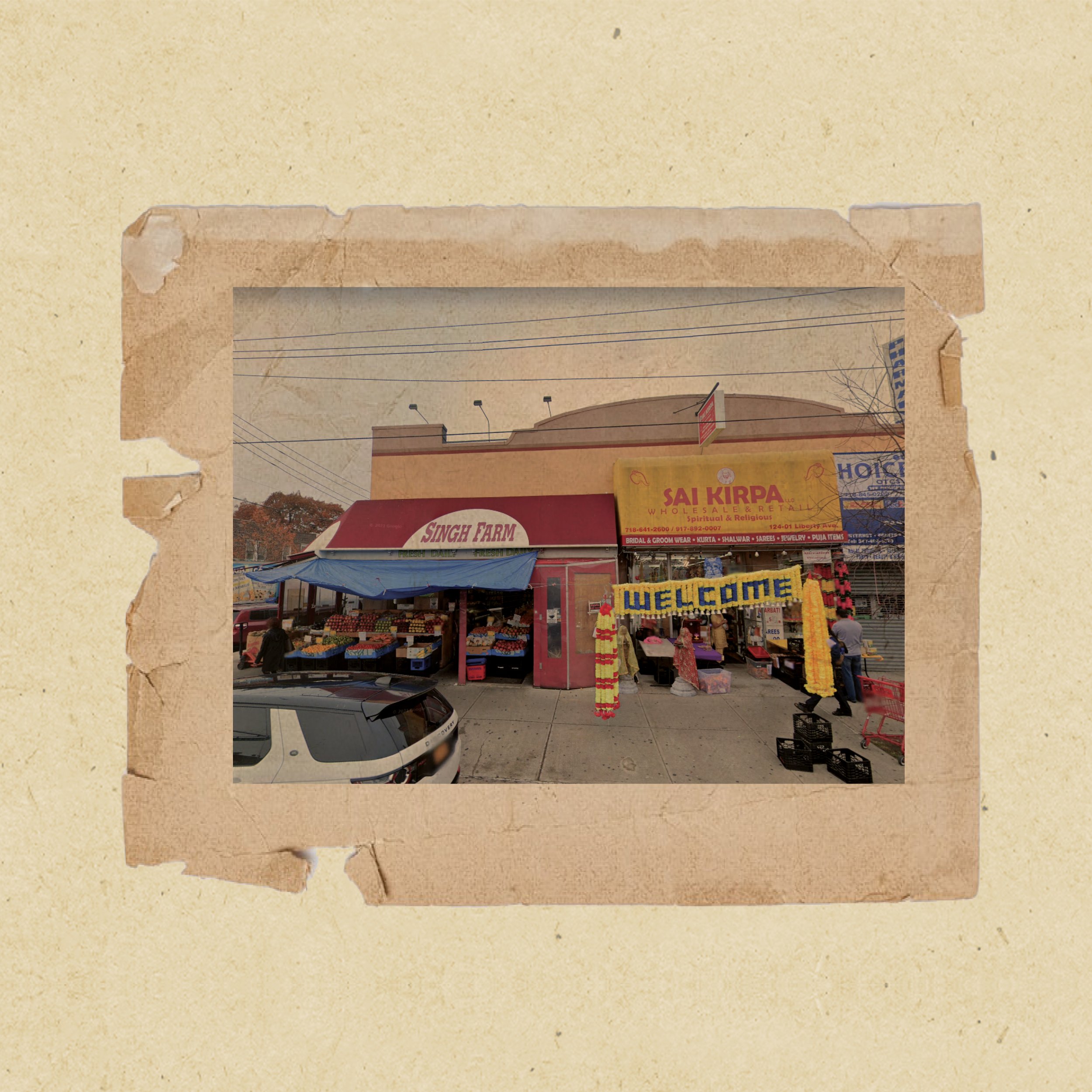
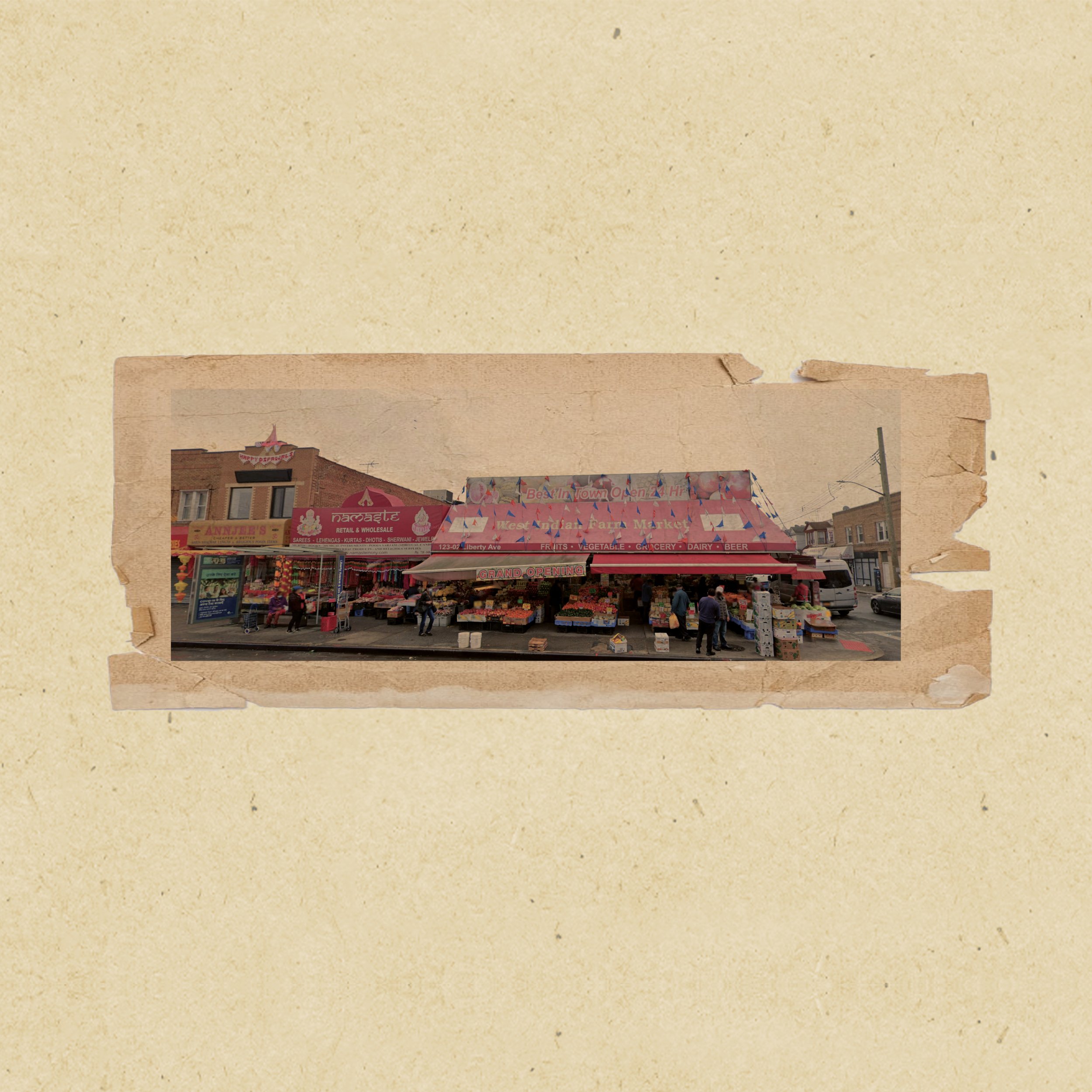
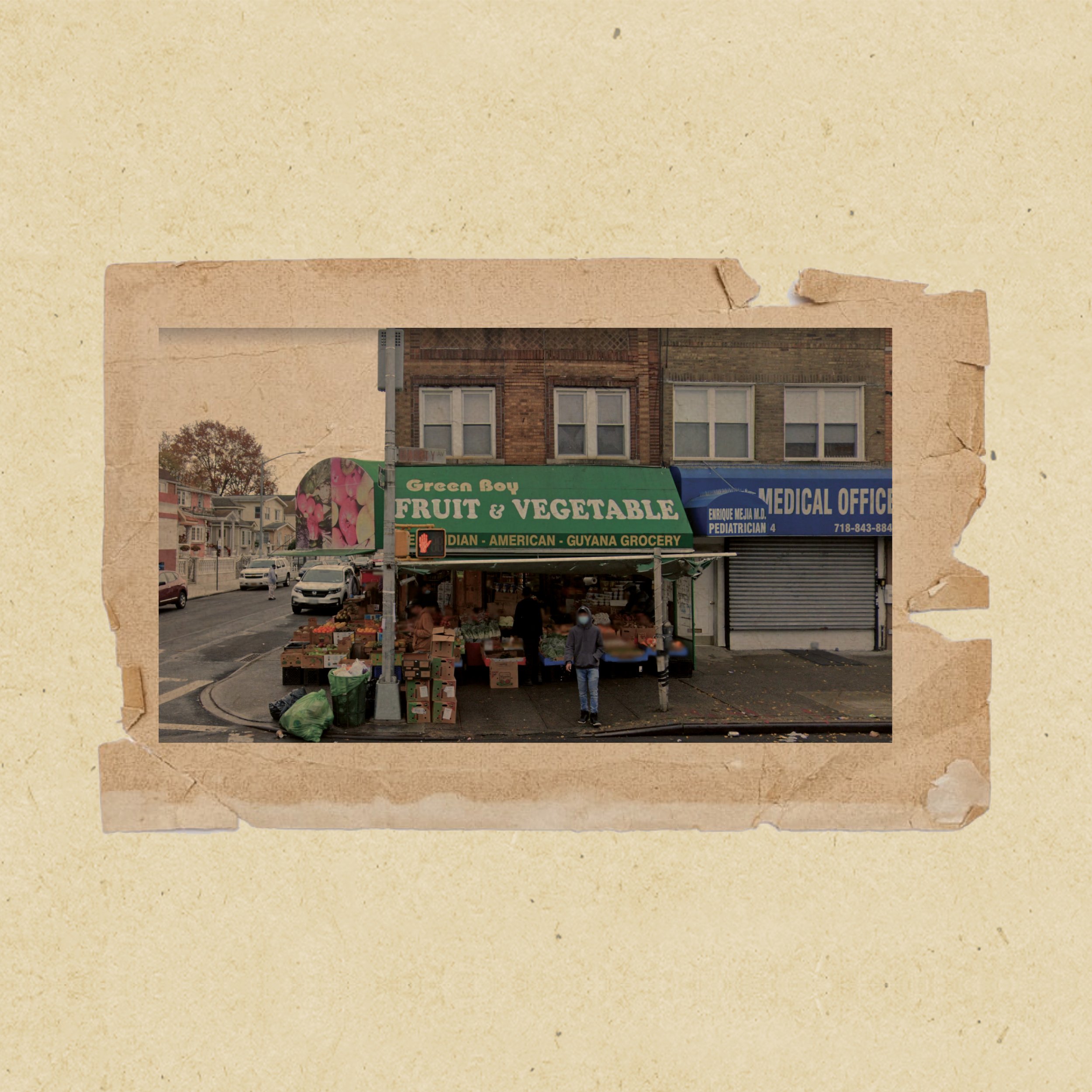

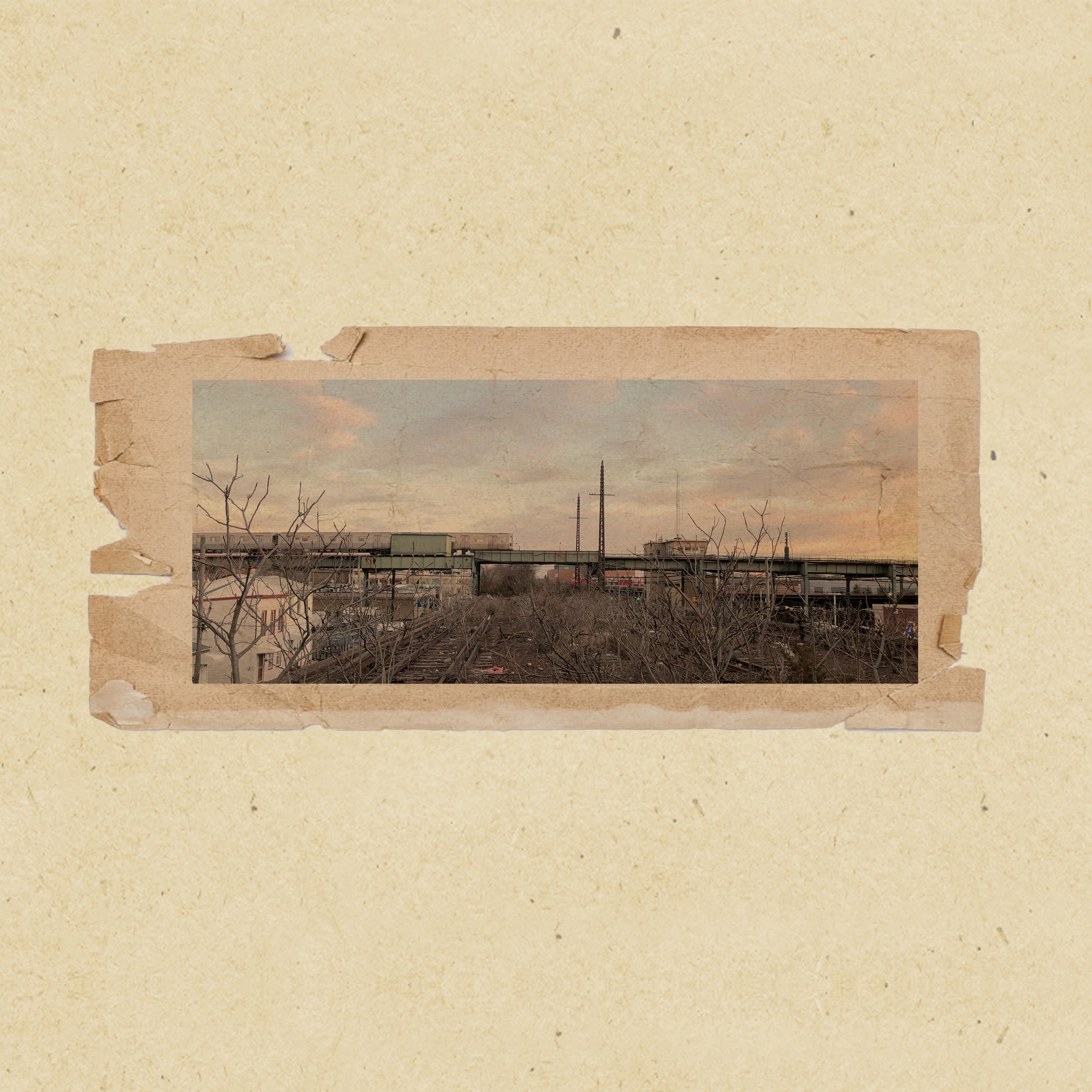
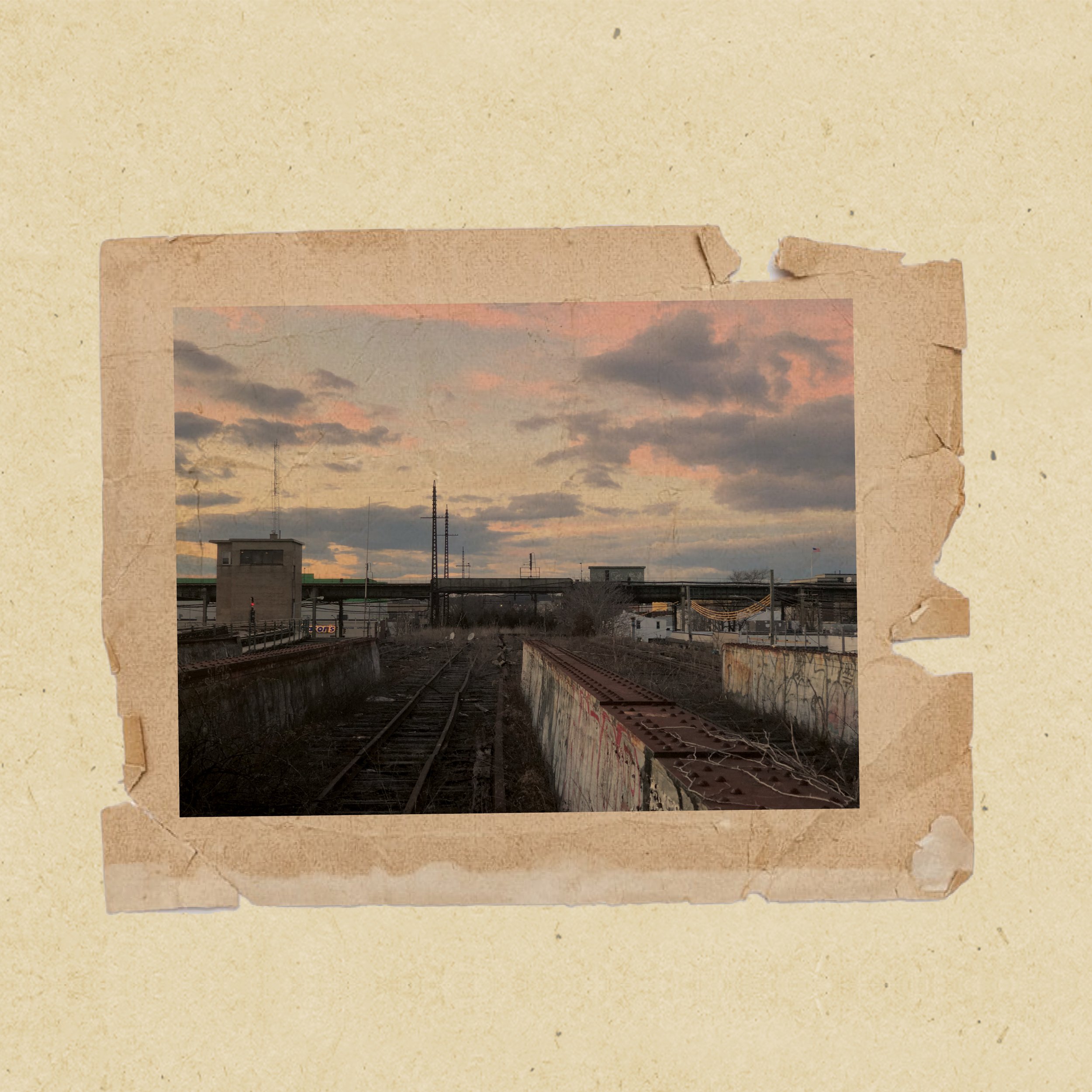
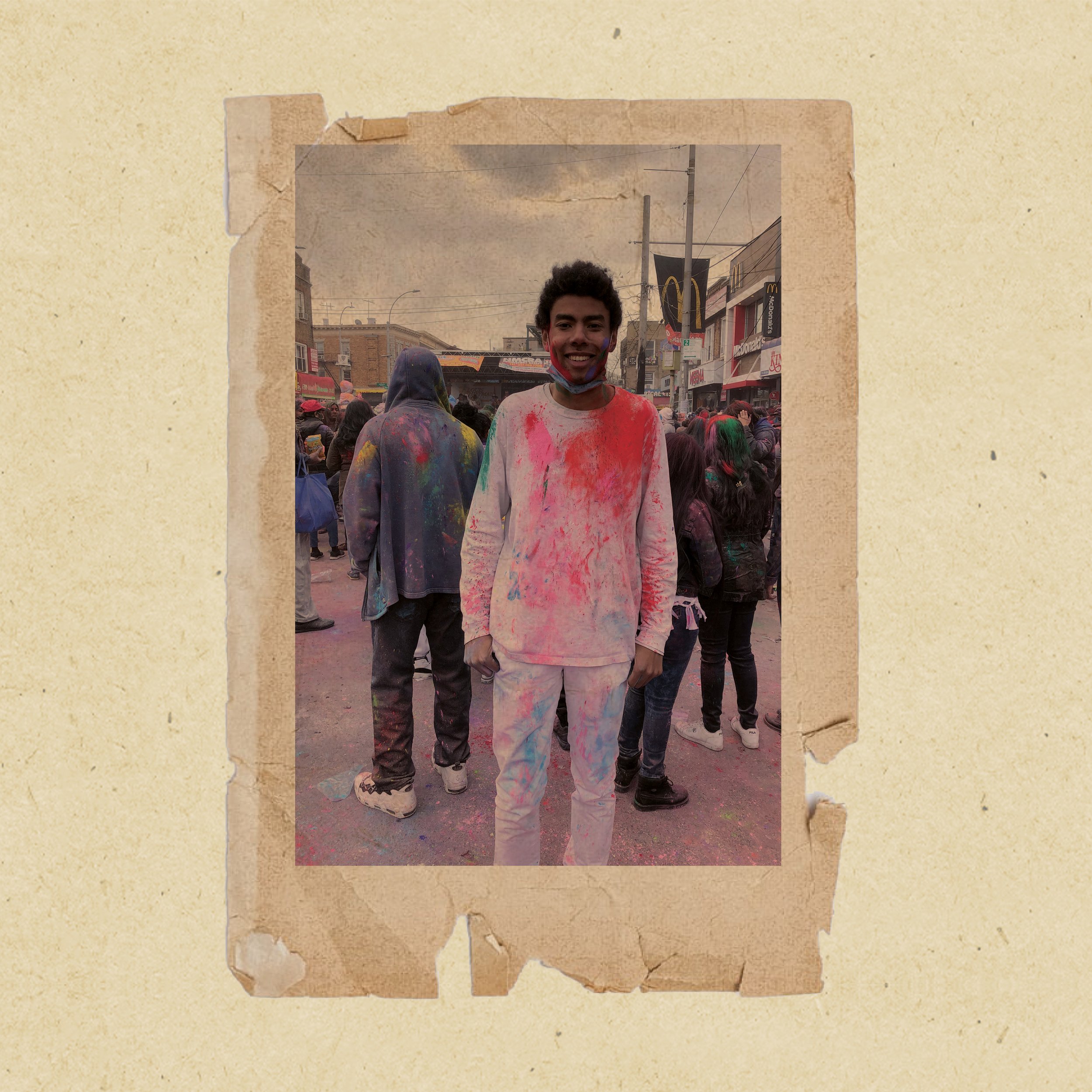
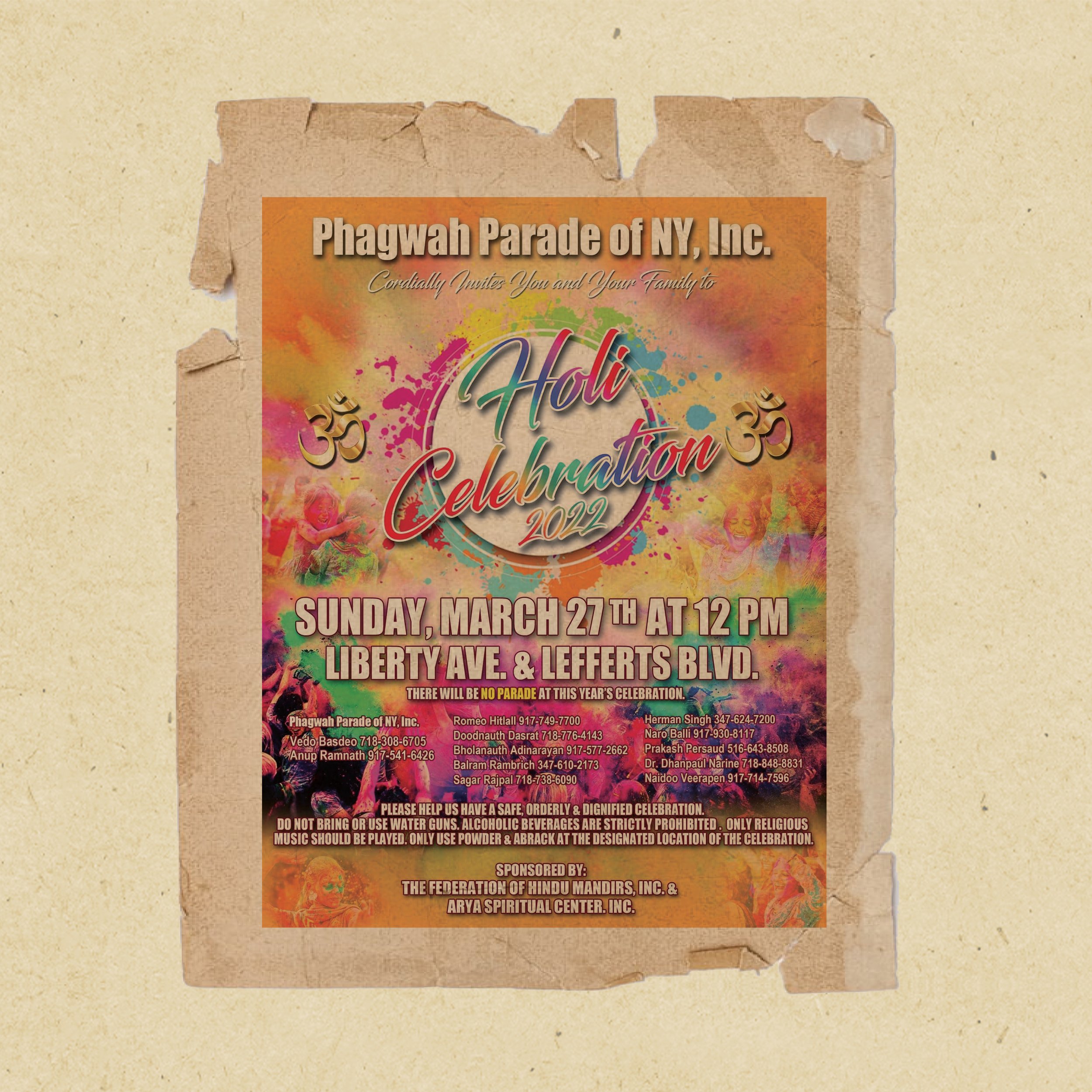
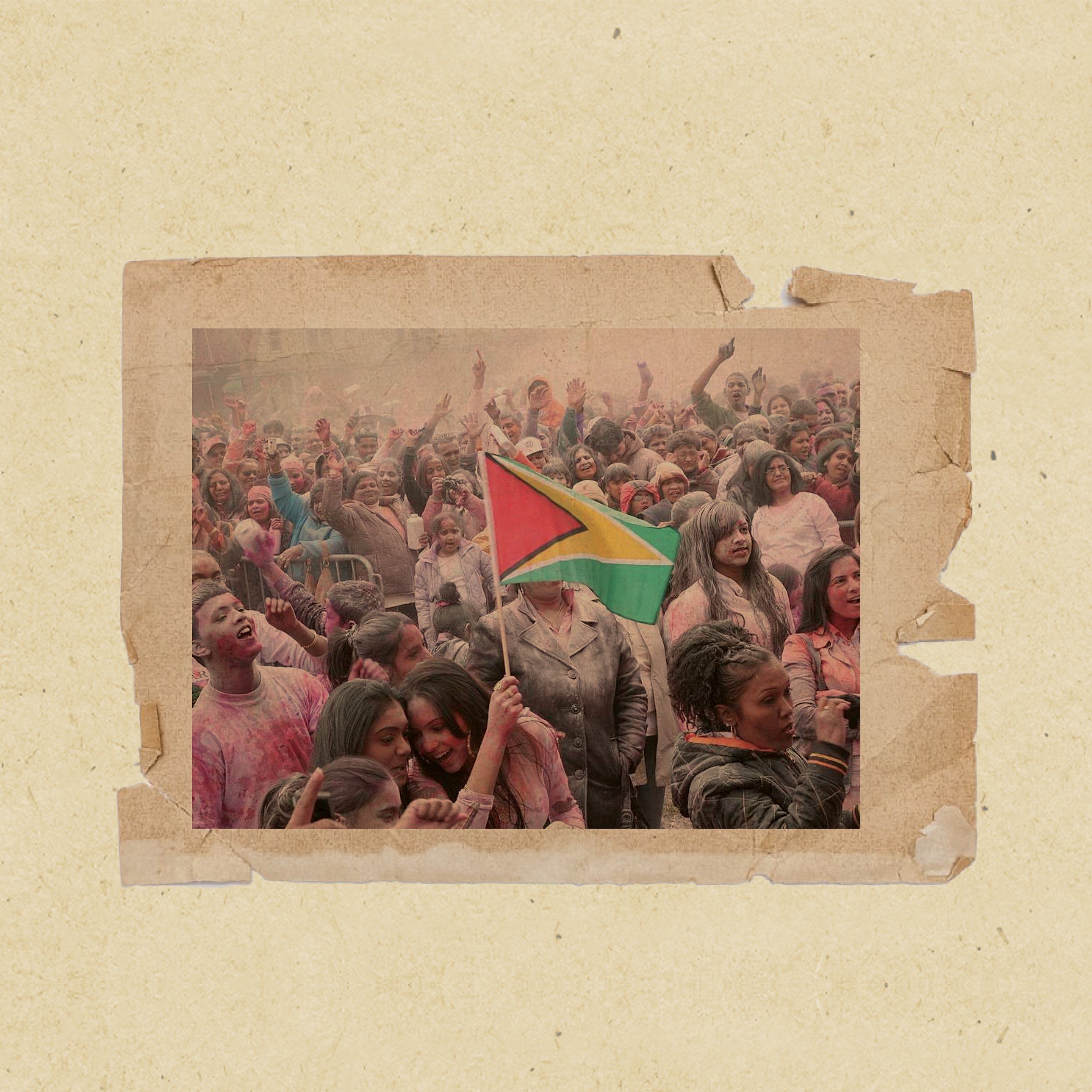
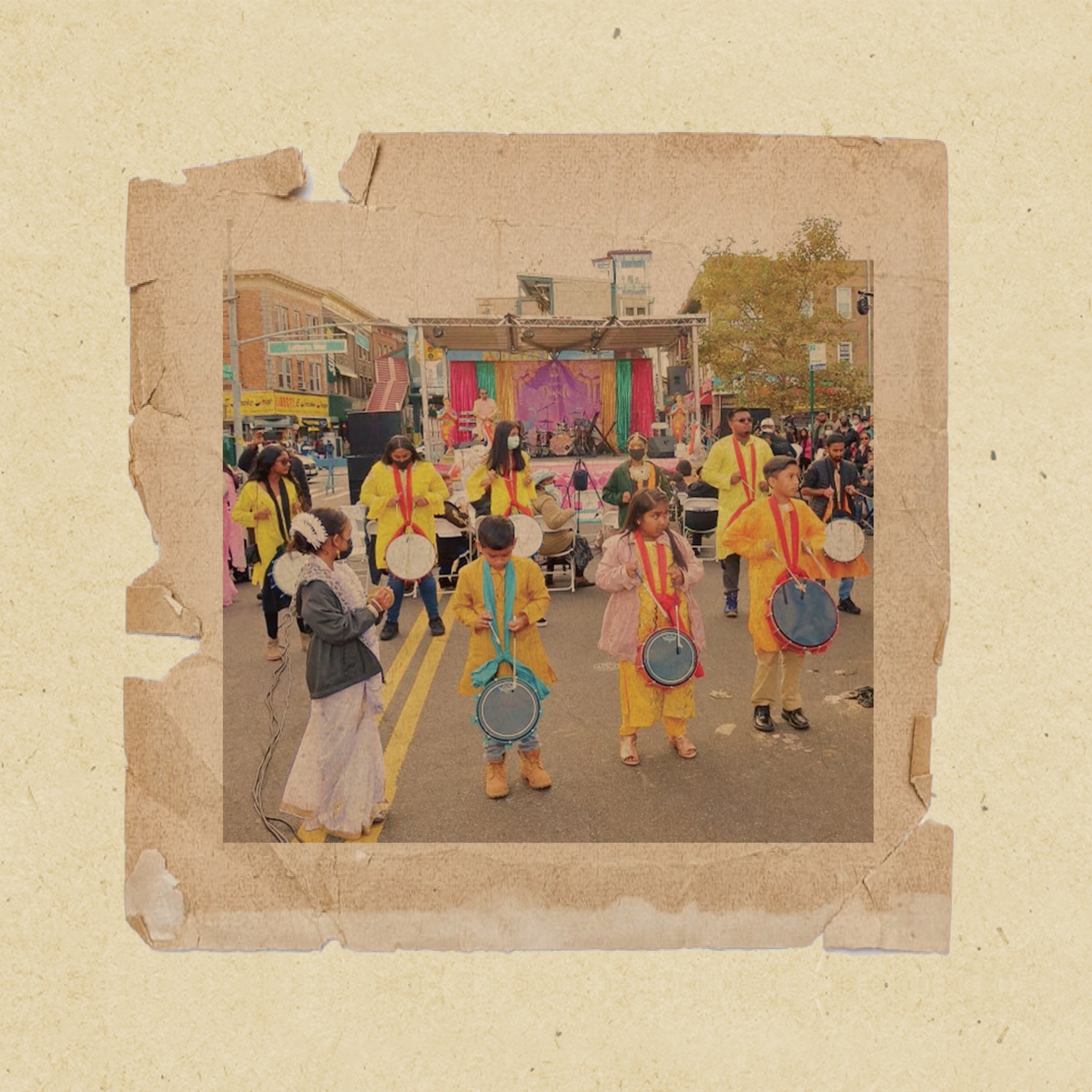
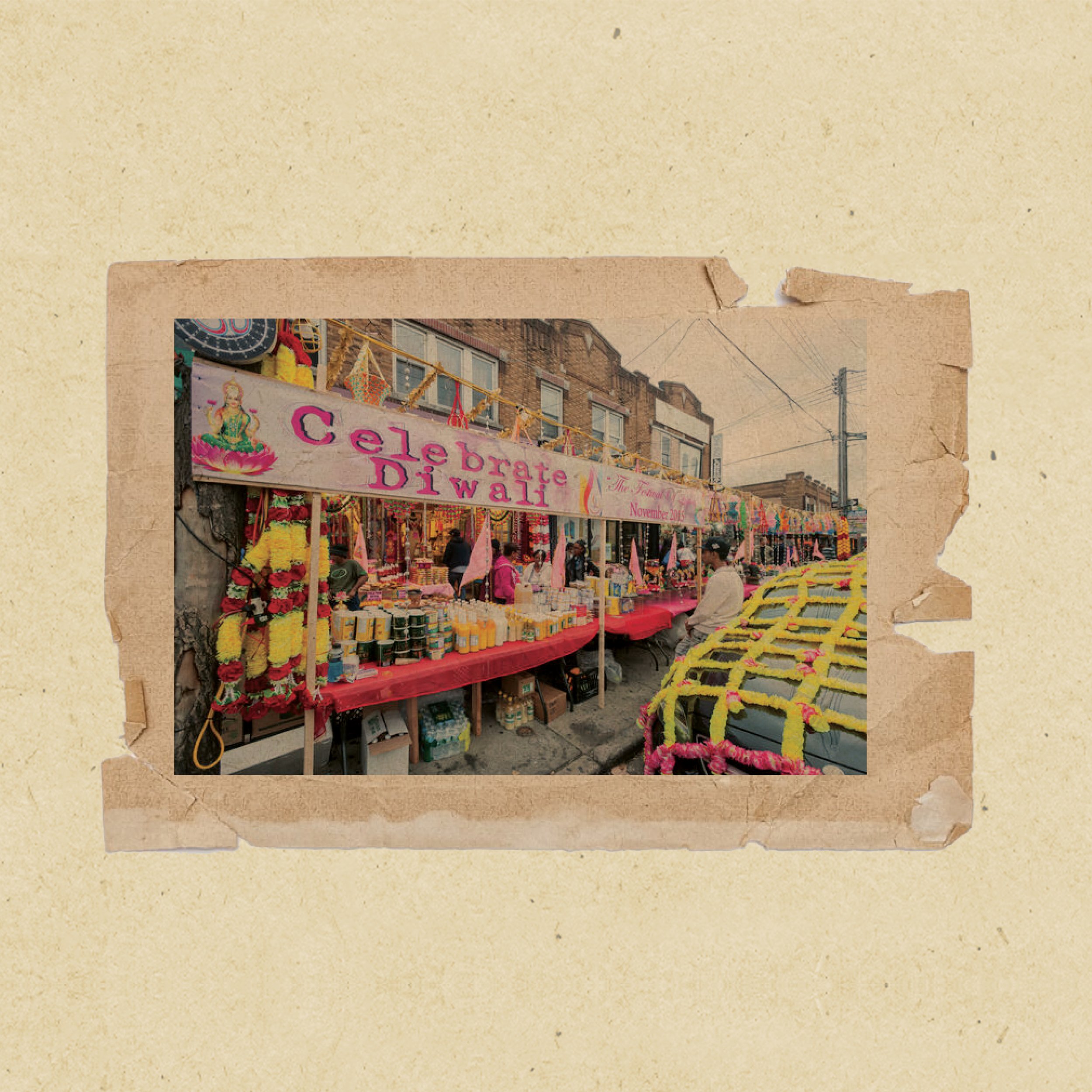
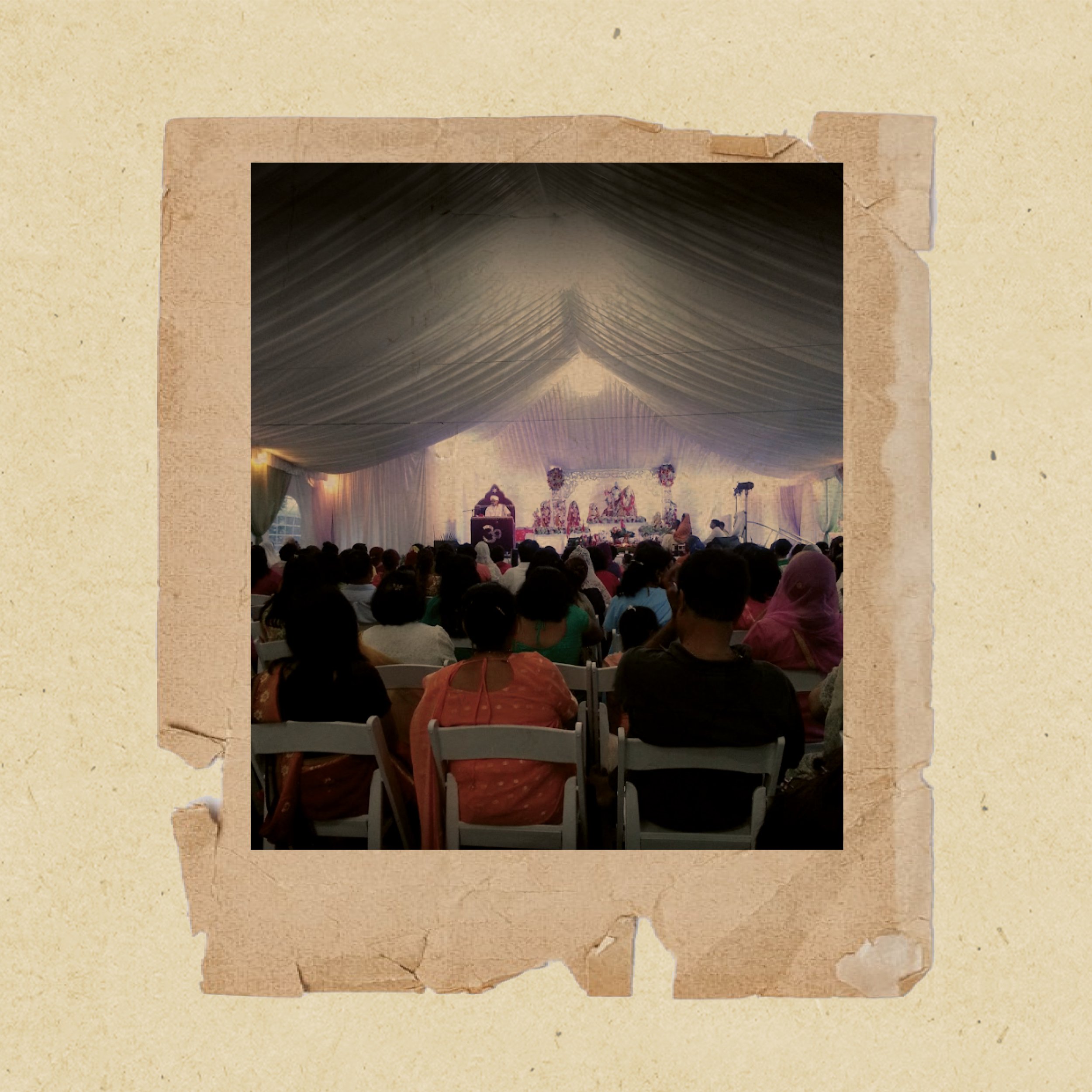
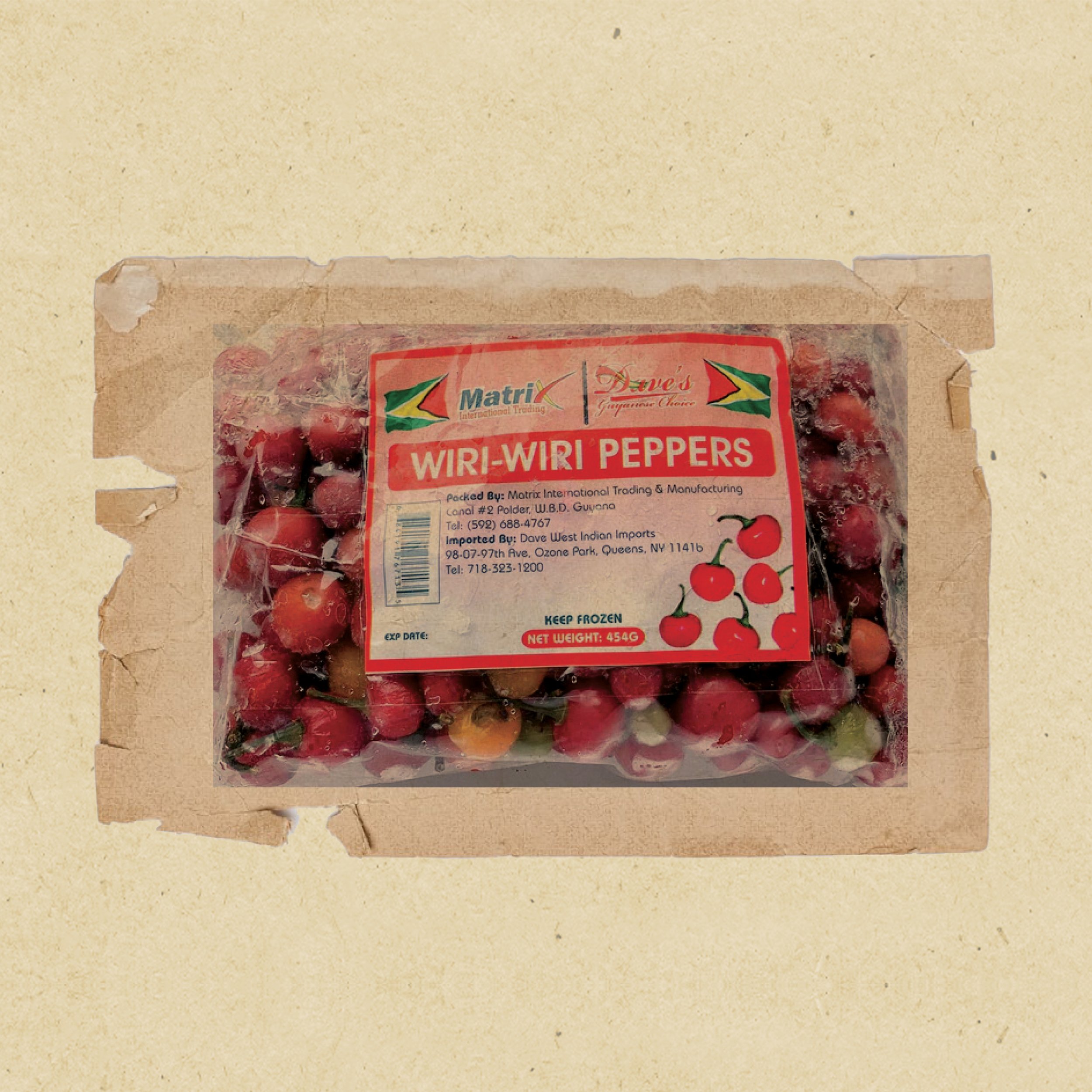
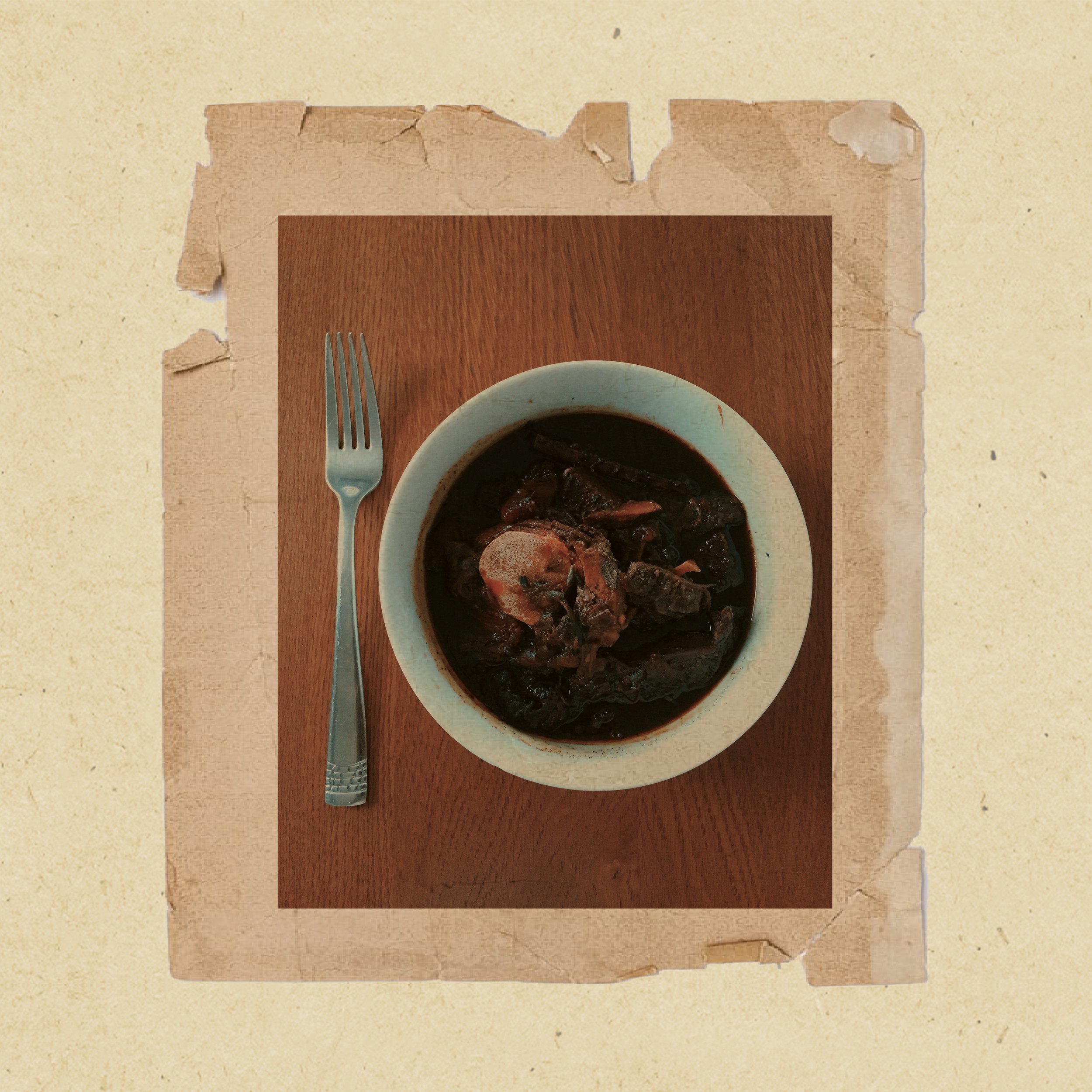
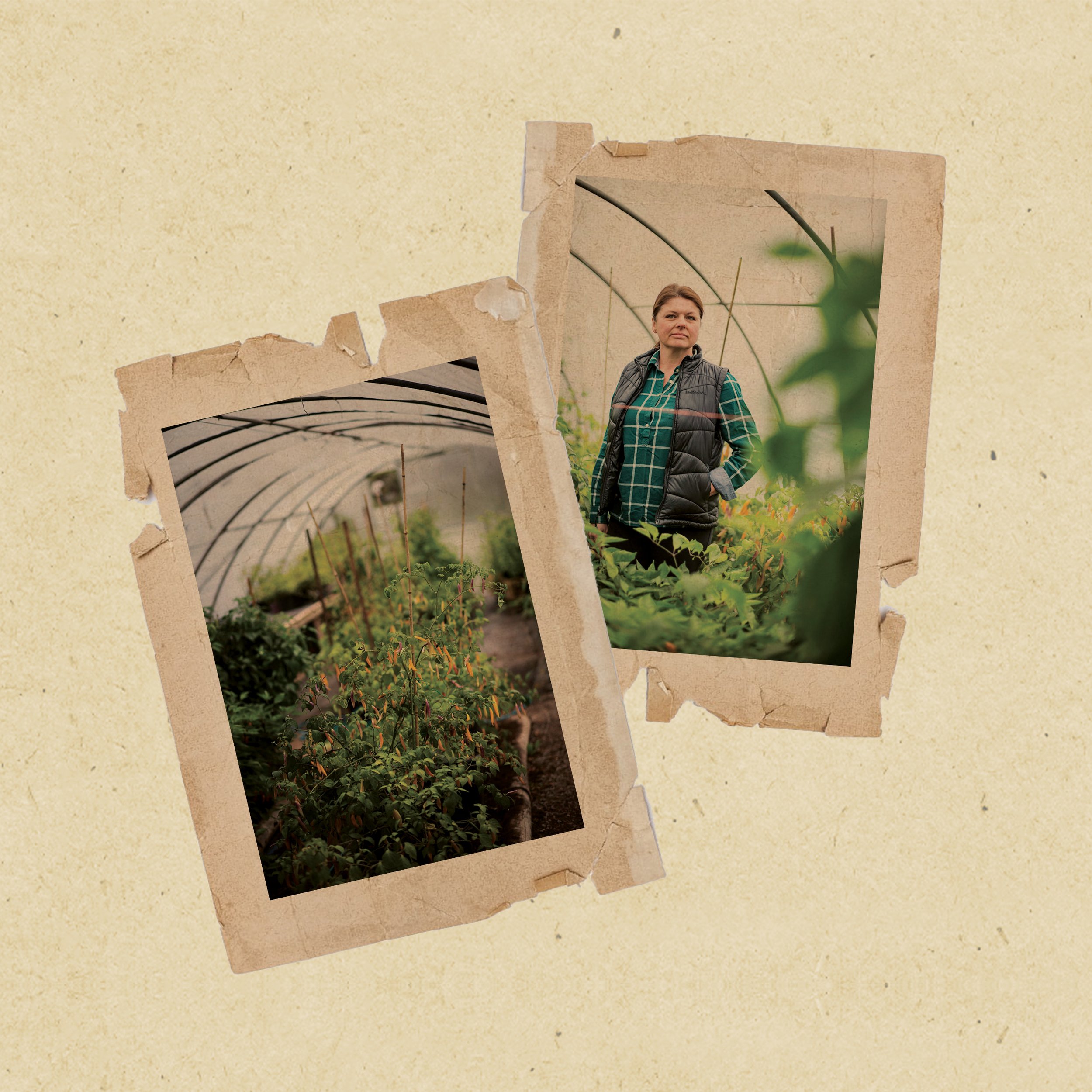



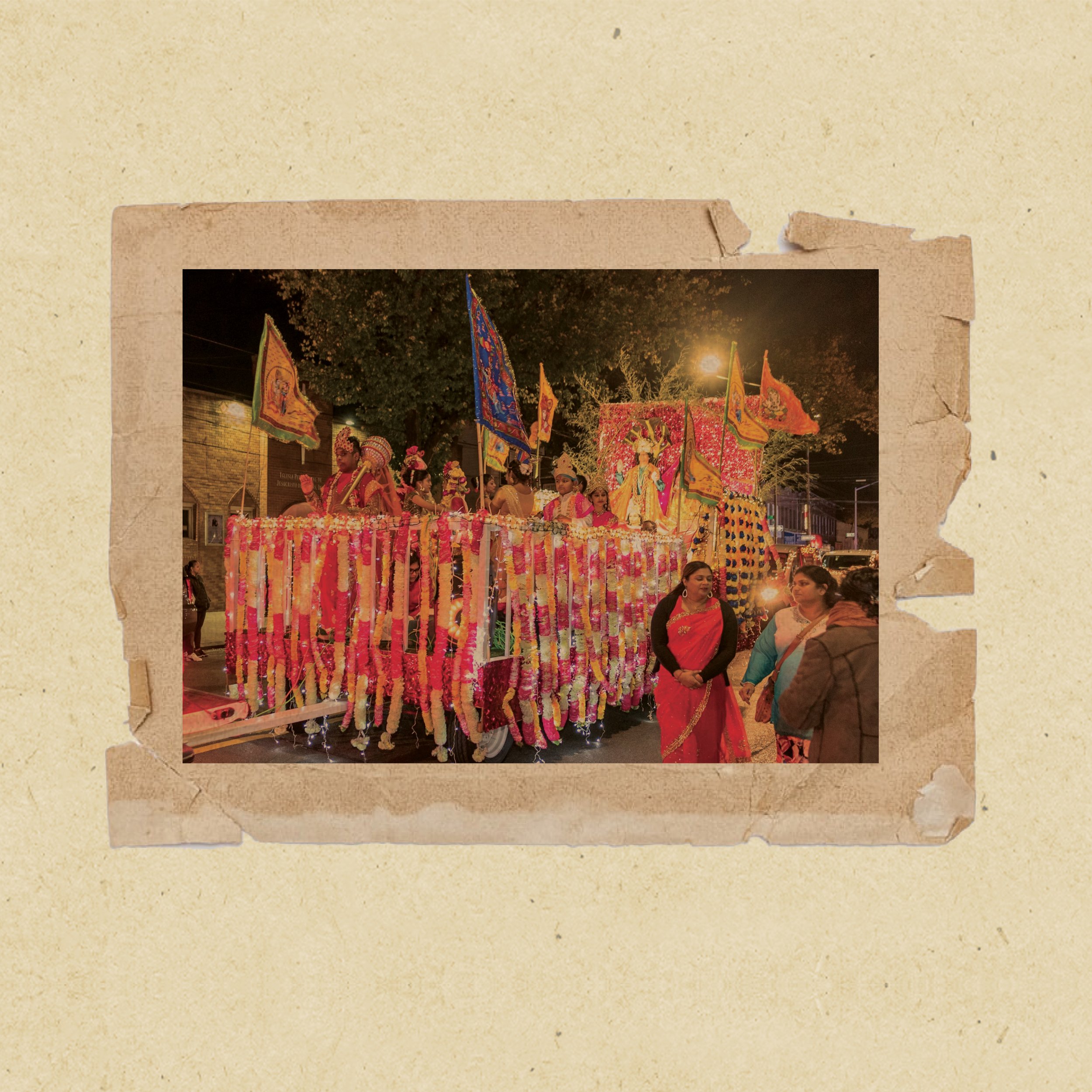
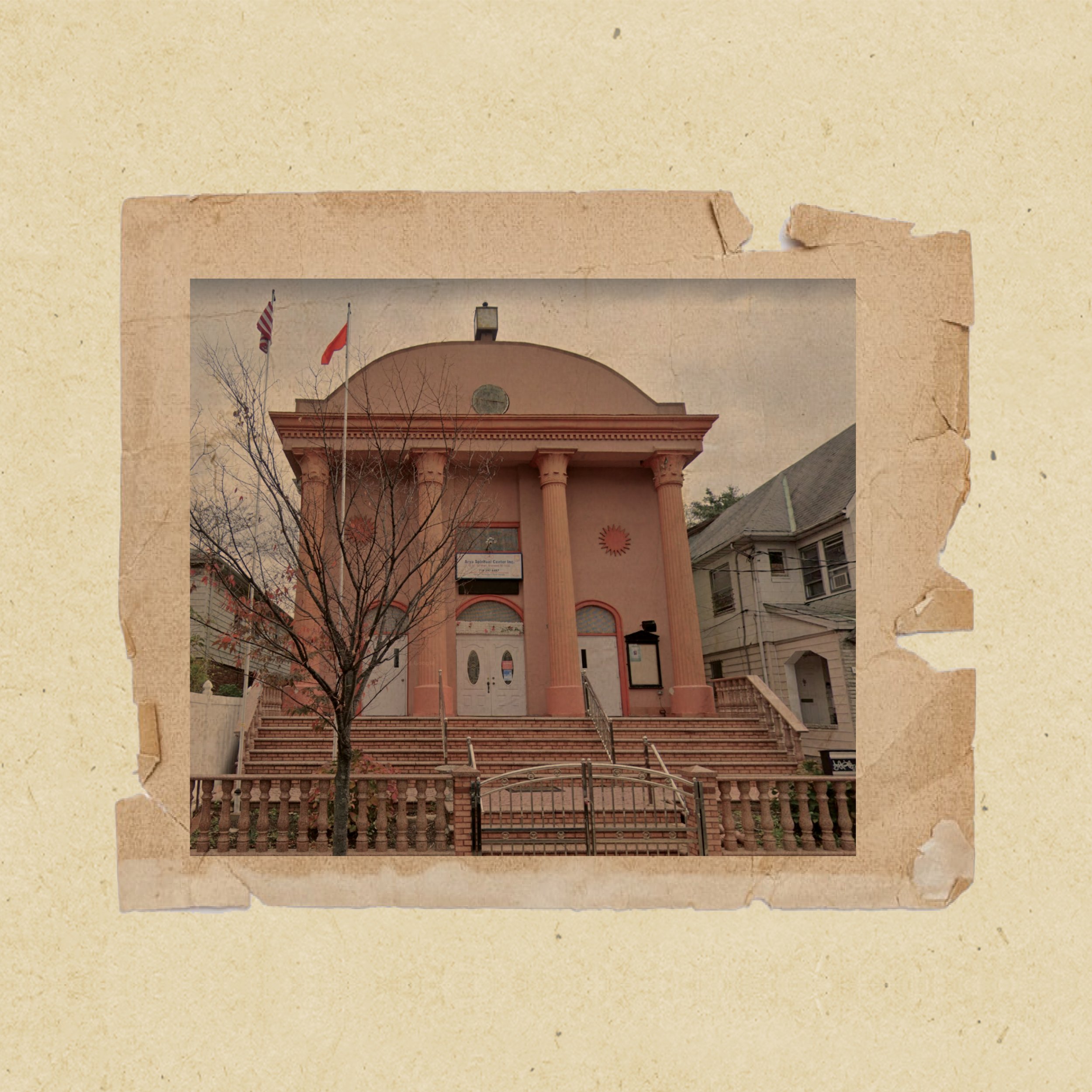
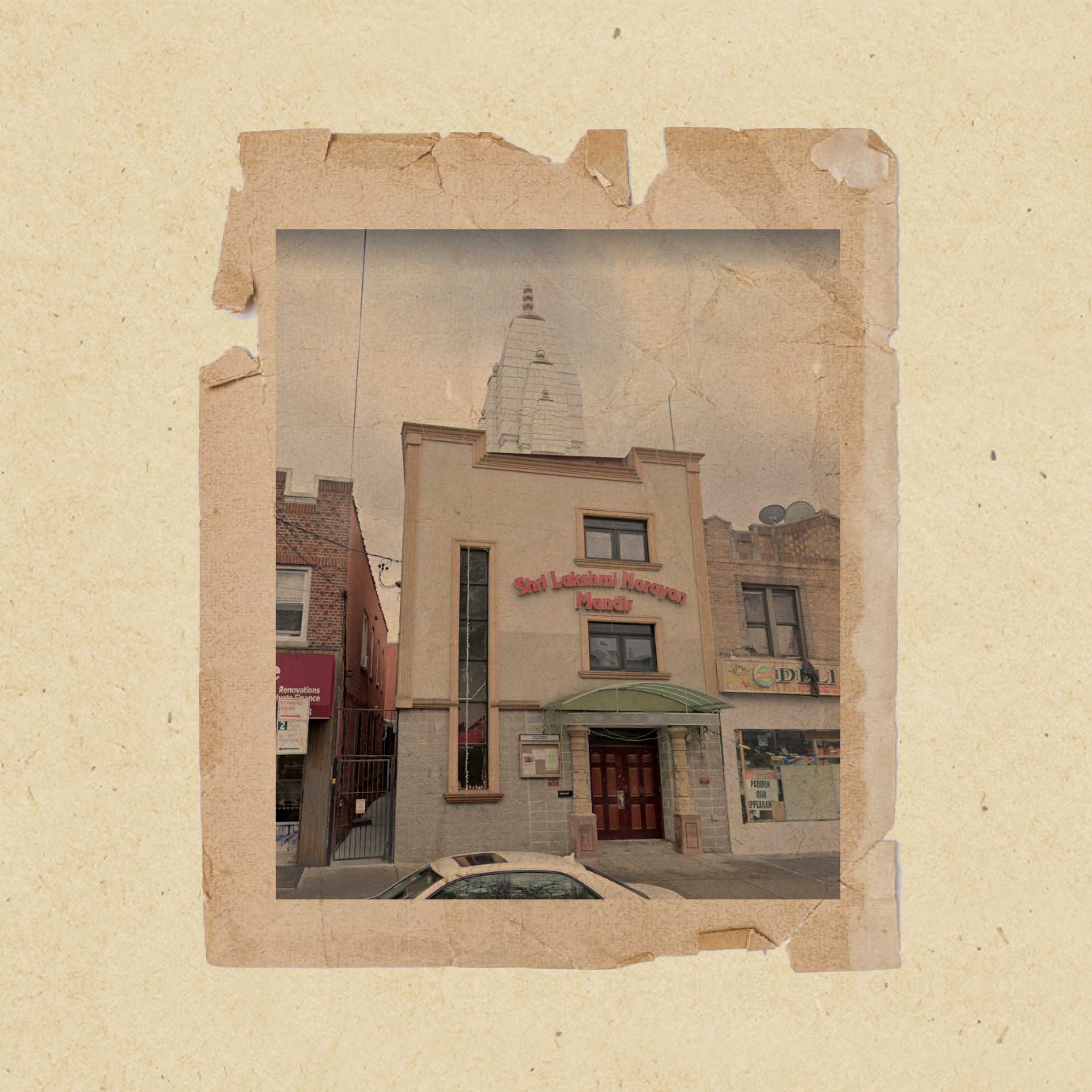
Board Layout Key
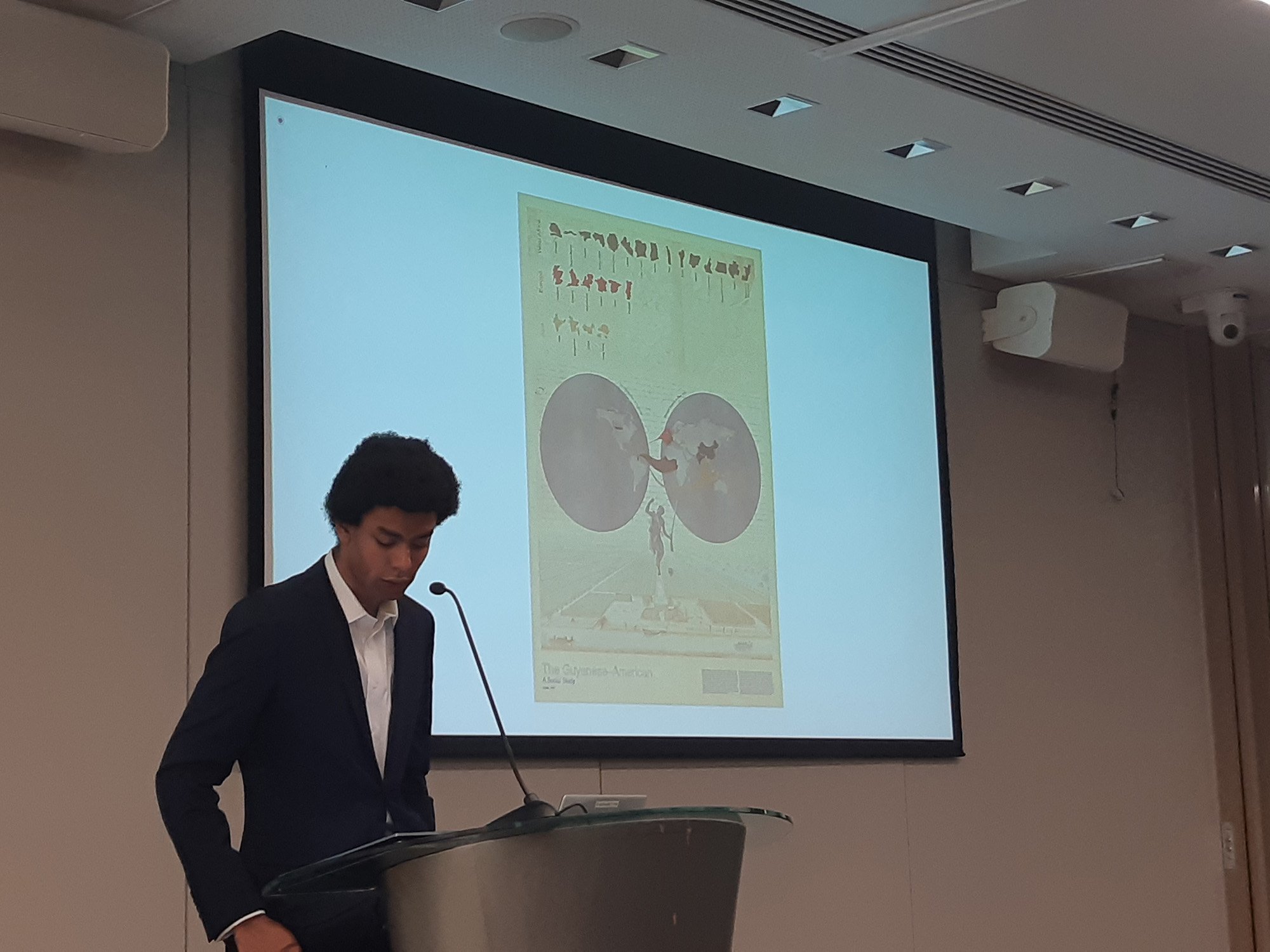
Repurposing Places for Social and Environmental Resilience
ARUP Offices, London, UK
3/24/2023
The Little Guyana Archive goes to London
I am honored to have shared my B.Arch thesis Liminality & Little Guyana at the Repurposing Places for Social and Environmental Resilience Conference in London. During the presentation I quoted fellow alum Sekou Cooke's Hip-Hop Architecture. "Many have managed to exist simultaneously as successful architects and Black. Few have managed to express their Blackness through their architecture."
Thank you to Anastasia Karandinou and the rest of the team at University of East London, Arup, and Counter Architecture for co-organizing and hosting a great forum.




















































































